Tech Industry
Latest about Tech Industry
-
-
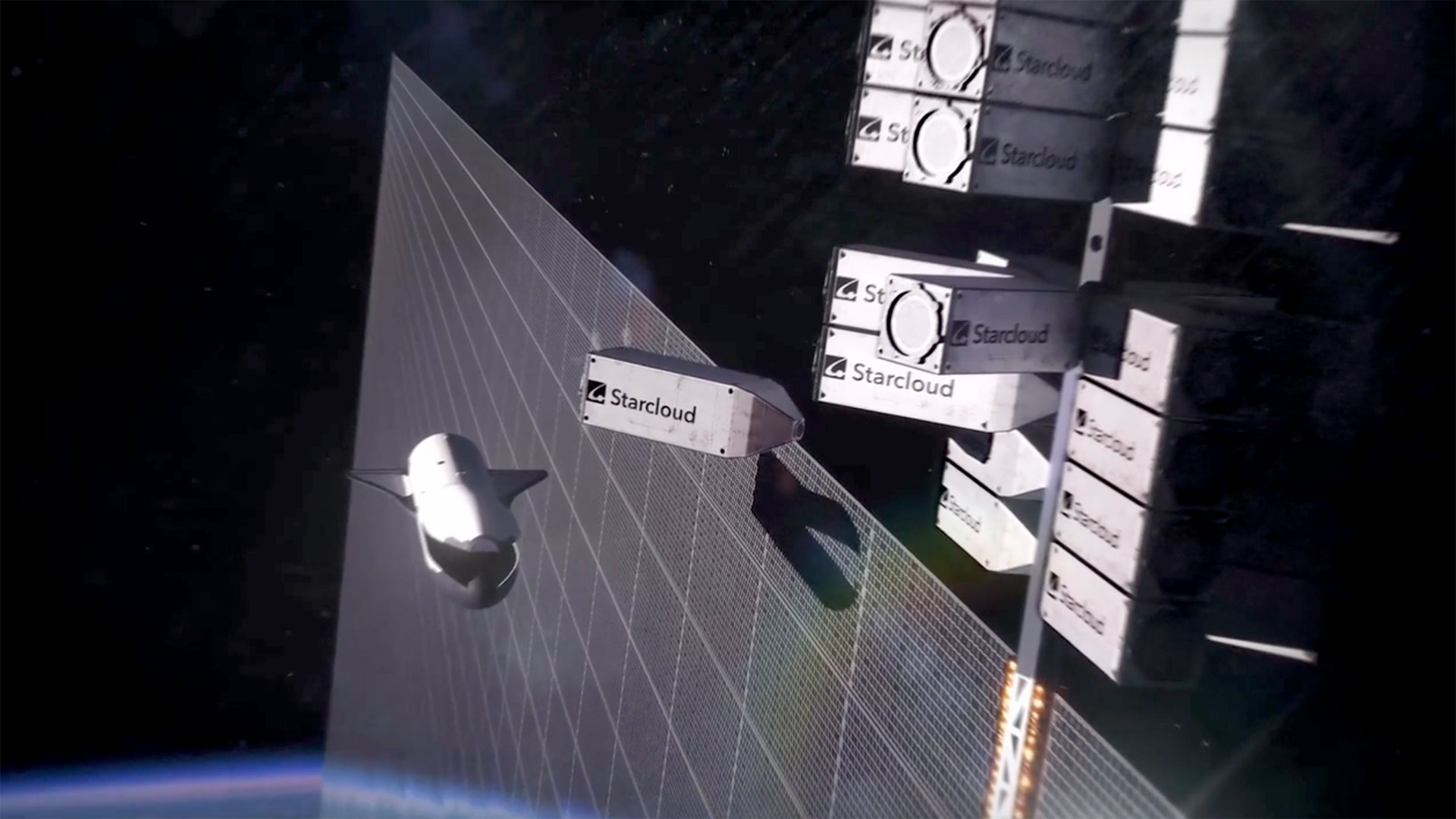
Nvidia's H100 GPUs are going to space
By Mark Tyson Published
-

China wants US semiconductor companies to submit sensitive data as part of probe
By Jon Martindale Published
-

China's supercomputer breakthrough uses 37 million processor cores to model complex quantum chemistry at molecular scale
By Anton Shilov Last updated
-
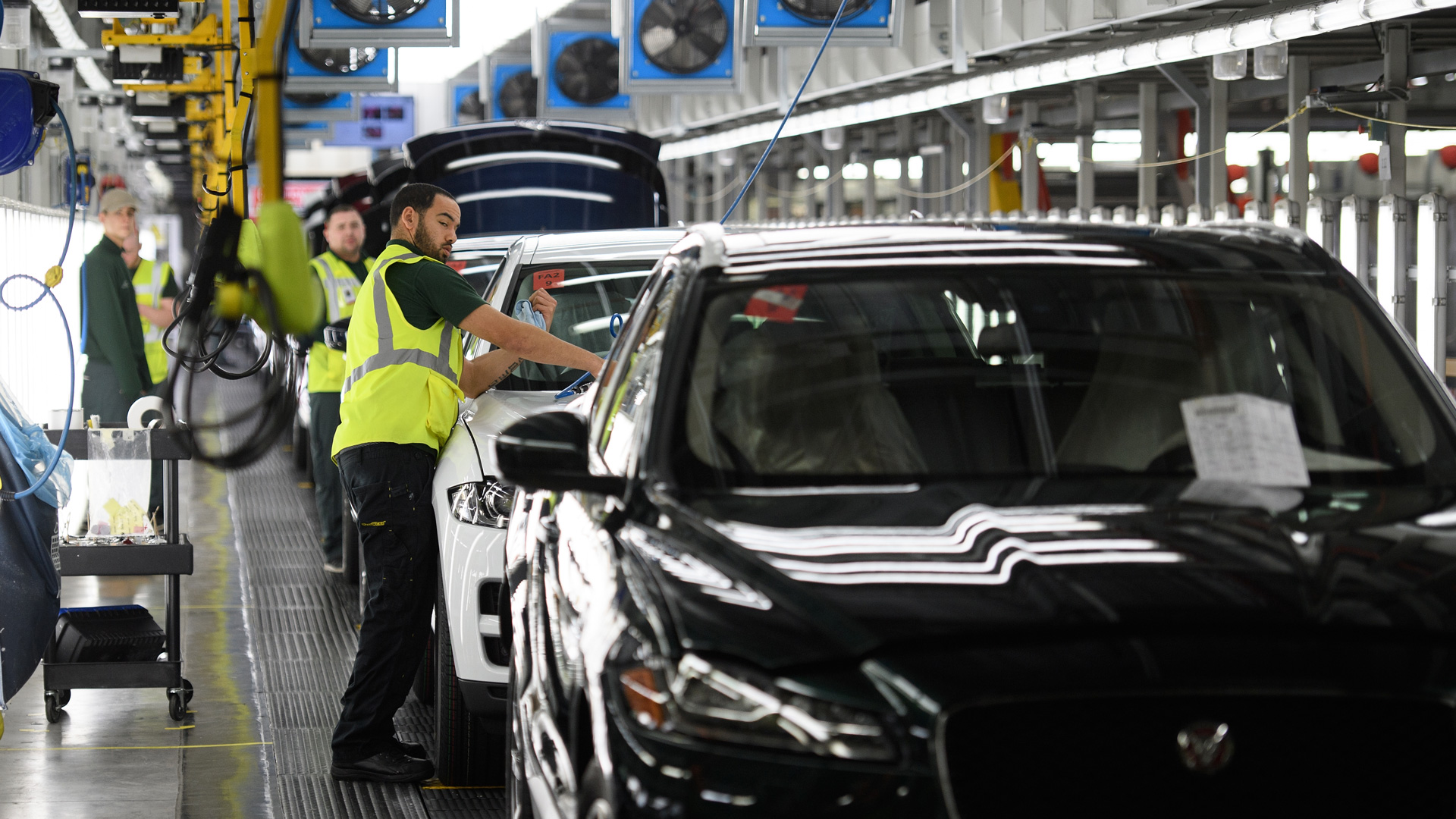
Catastrophic Jaguar Land Rover cyberattack to cost UK economy $2.5 billion
By Jon Martindale Published
-
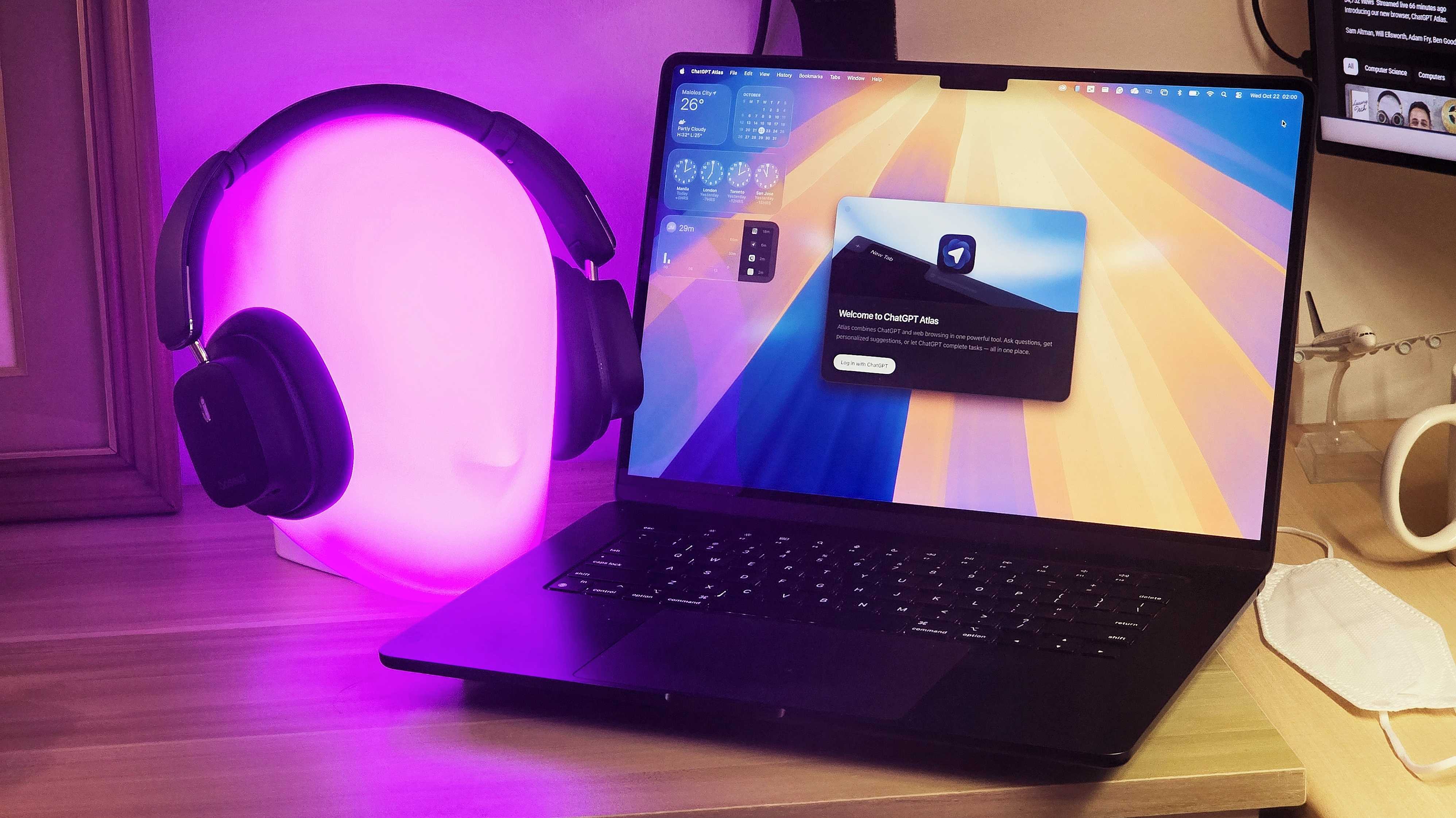
OpenAI launches ChatGPT Atlas AI browser, LLM can browse the internet for you and even complete tasks
By Jowi Morales Published
-

Chinese companies unveil a swathe of breakthrough chipmaking innovations at tradeshow
By Anton Shilov Published
-
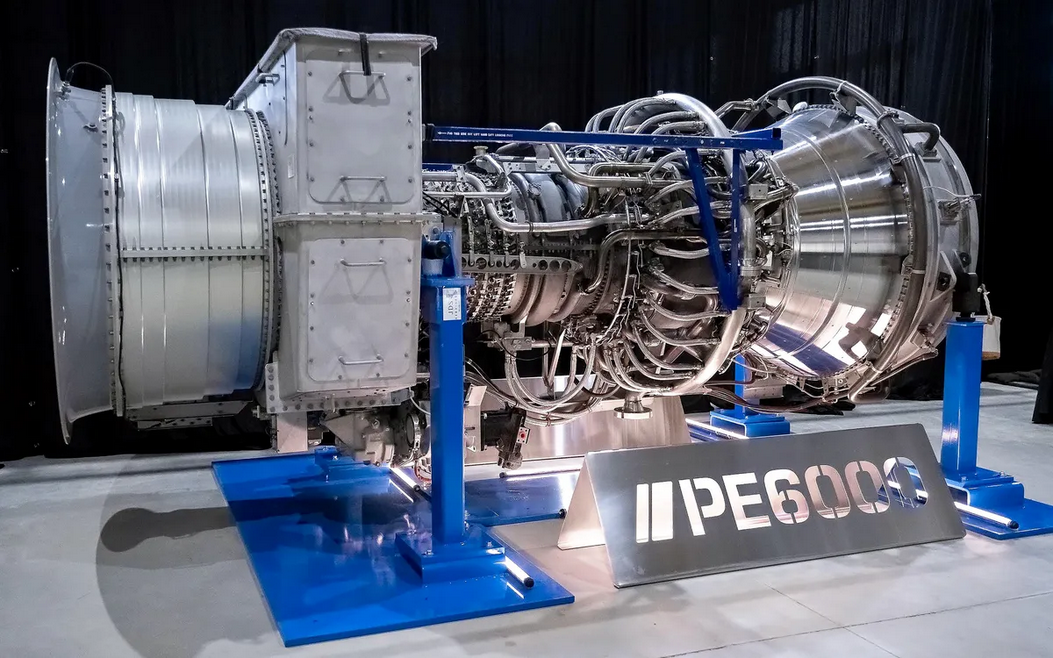
Data centers turn to cast-off jet engines as AI power crunch bites
By Luke James Published
-
Explore Tech Industry
Artificial Intelligence
-
-

OpenAI launches ChatGPT Atlas AI browser, LLM can browse the internet for you and even complete tasks
By Jowi Morales Published
-

New Deepseek model drastically reduces resource usage by converting text and documents into images
By Jon Martindale Published
-
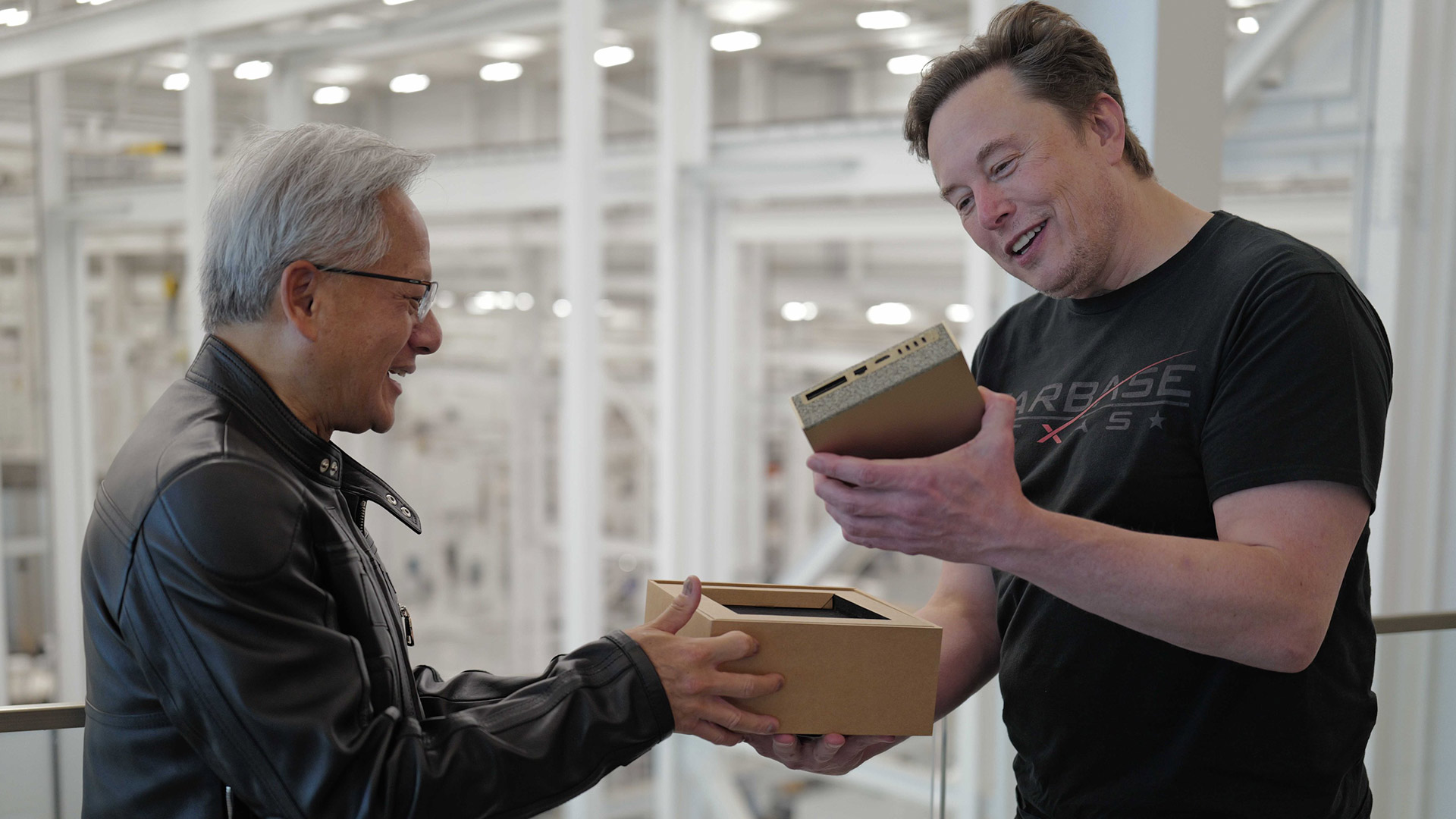
Jensen Huang personally delivers DGX Spark Mini PCs to Elon Musk and Sam Altman — separately
By Mark Tyson Published
-
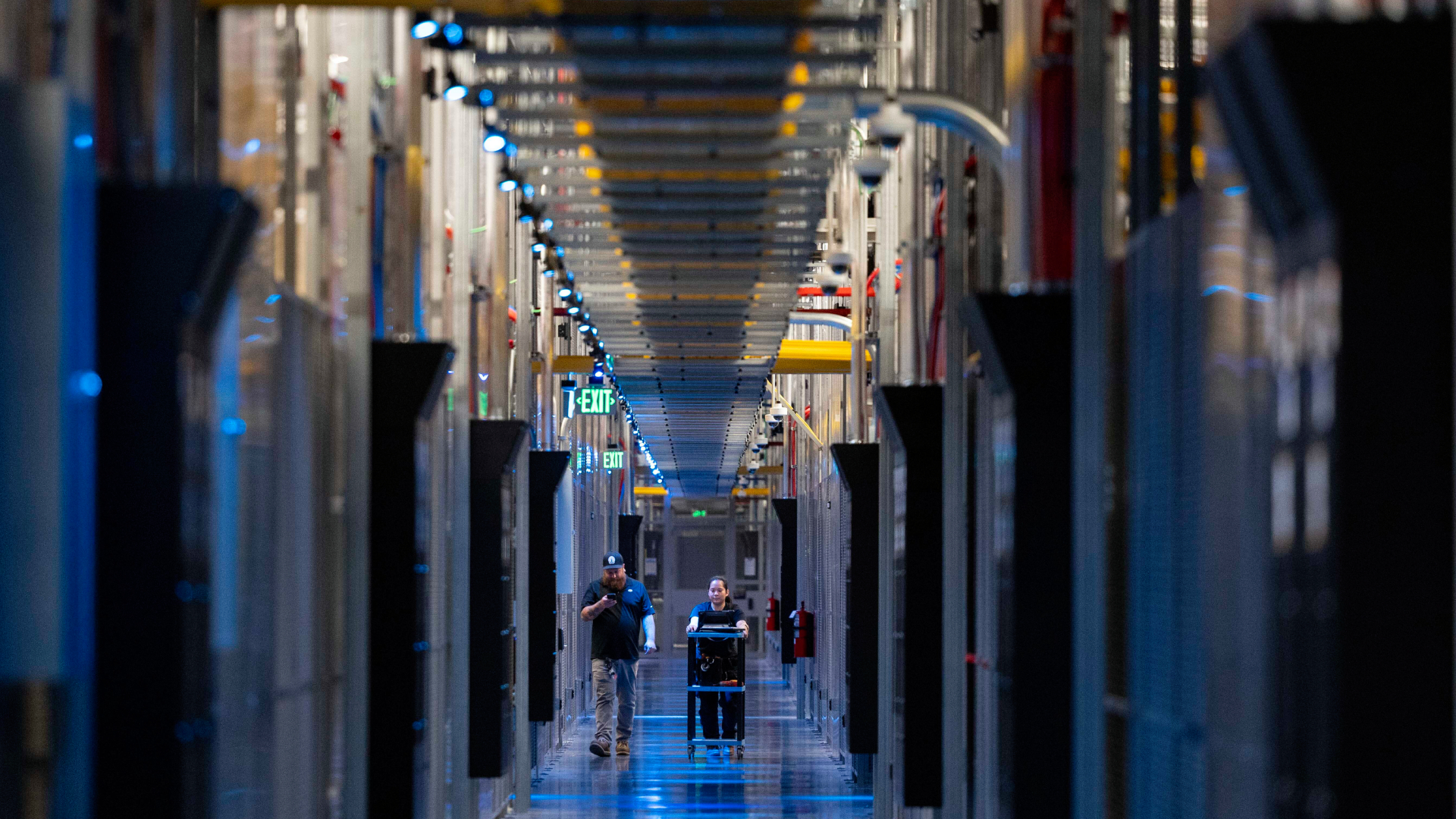 Premium
PremiumMassive AI data center buildouts are squeezing energy supplies — New energy methods are being explored as power demands are set to skyrocket
By Chris Stokel-Walker Published
-

Groups including BlackRock, Microsoft, Nvidia, and xAI join forces to acquire Aligned Data Centers
By Jowi Morales Published
-

AMD and Oracle partner to deploy 50,000 MI450 Instinct GPUs in new AI superclusters
By Jon Martindale Published
-
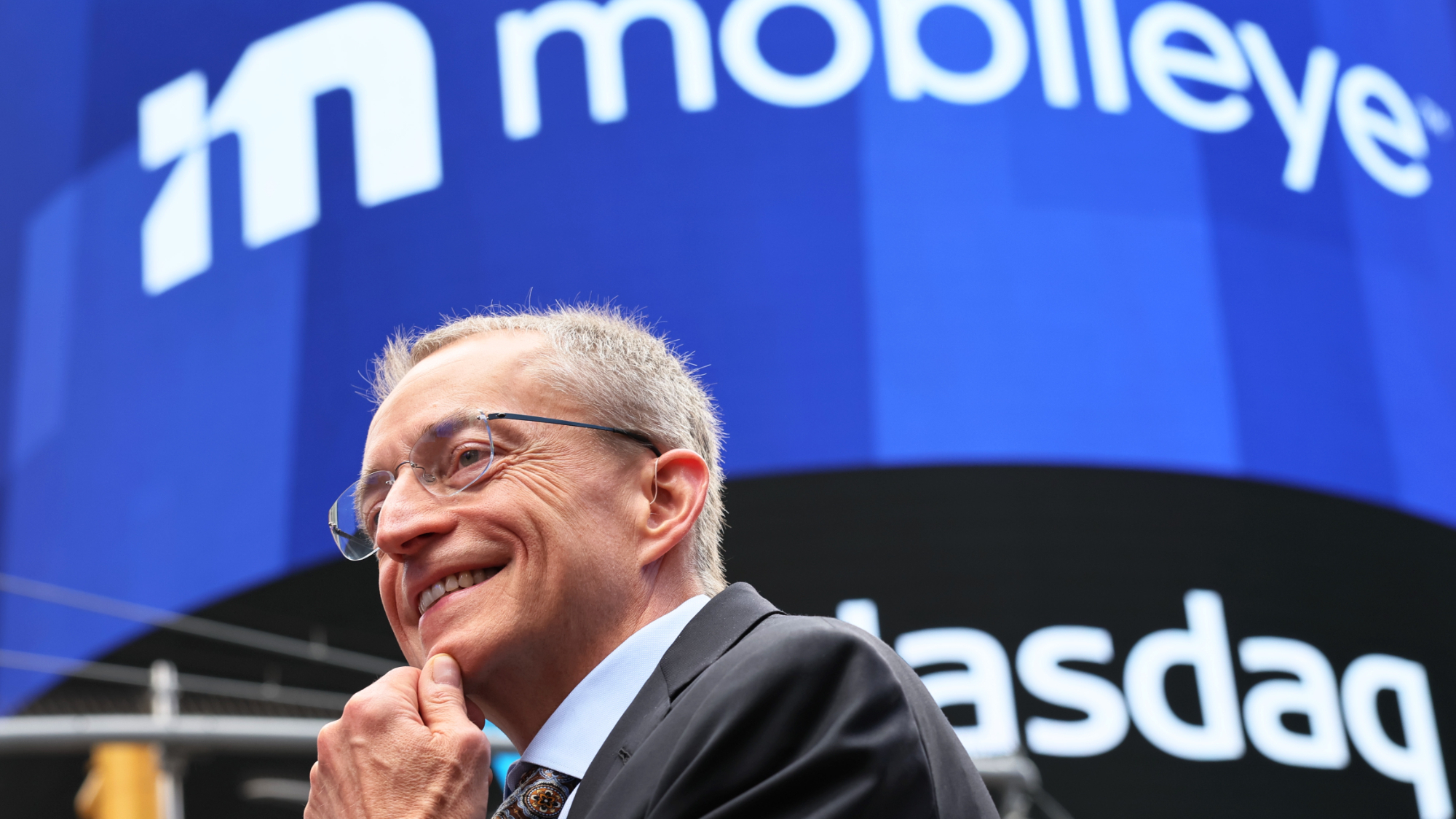
Former Intel CEO Pat Gelsinger confirms the industry is in an AI bubble, but that a pop could be several years away
By Jowi Morales Published
-
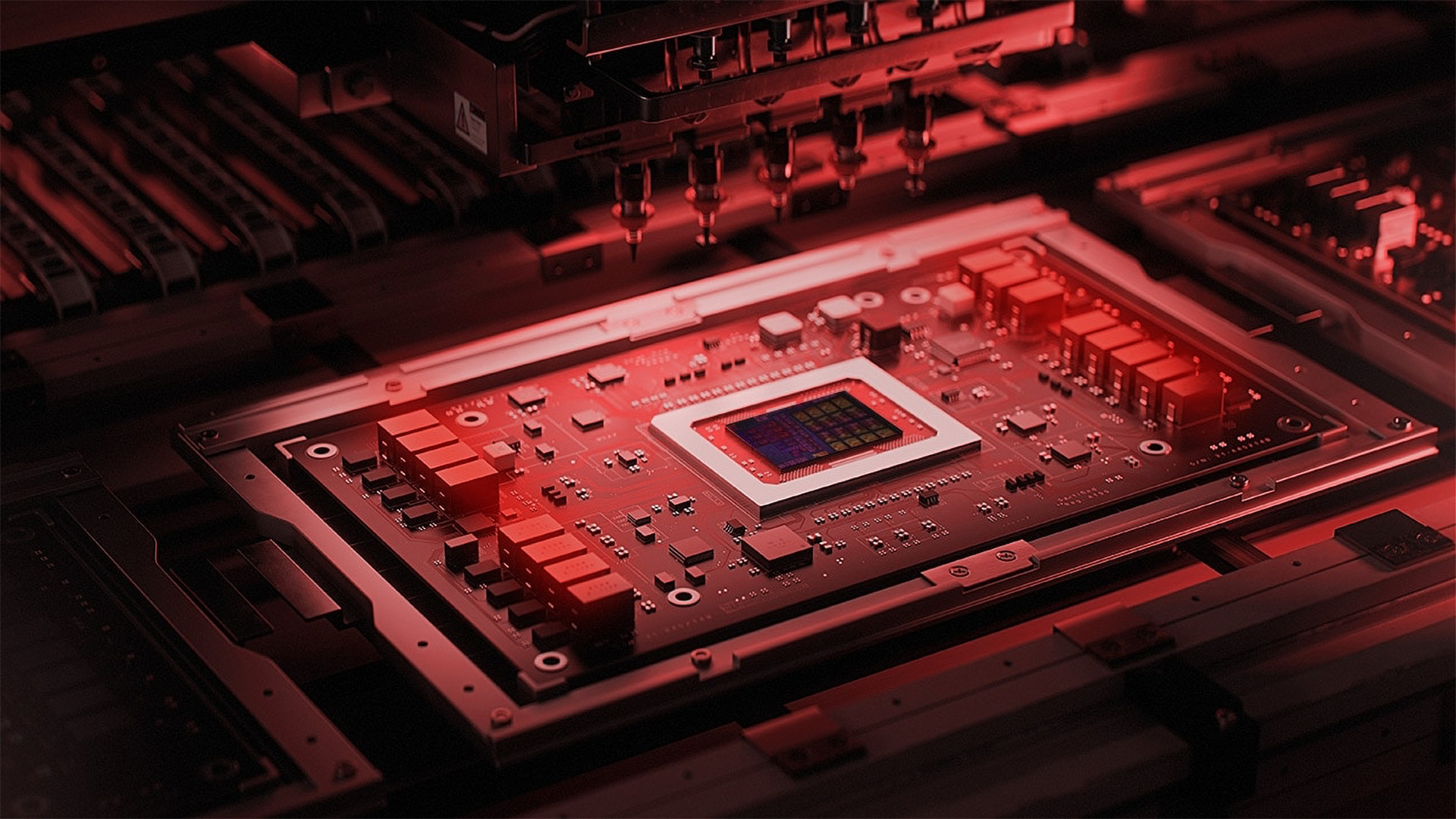 Premium
PremiumInside the AI accelerator arms race: AMD, Nvidia, and hyperscalers commit to annual releases through the decade
By Anton Shilov Published
-

U.S. Senate passes bill that forces AI chipmakers to prioritize sales to American companies
By Jowi Morales Published
-
Big Tech
-
-
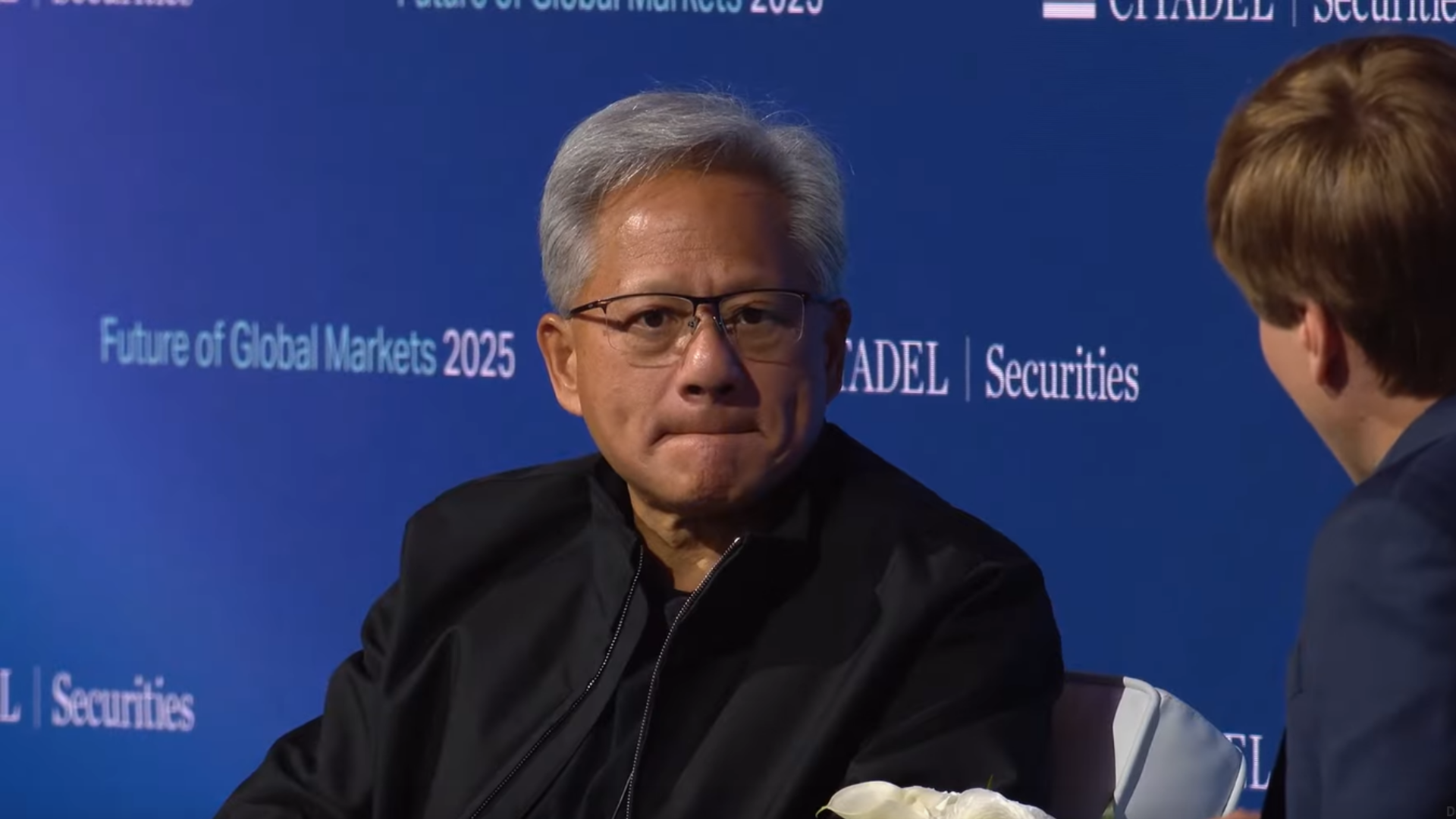
Palantir chief takes a jab at Nvidia CEO Jensen Huang, says people decrying ‘China hawks’ are useful idiots
By Jowi Morales Published
-

Adata chairman says AI datacenters are gobbling up hard drives, SSDs, and DRAM alike
By Bruno Ferreira Published
-
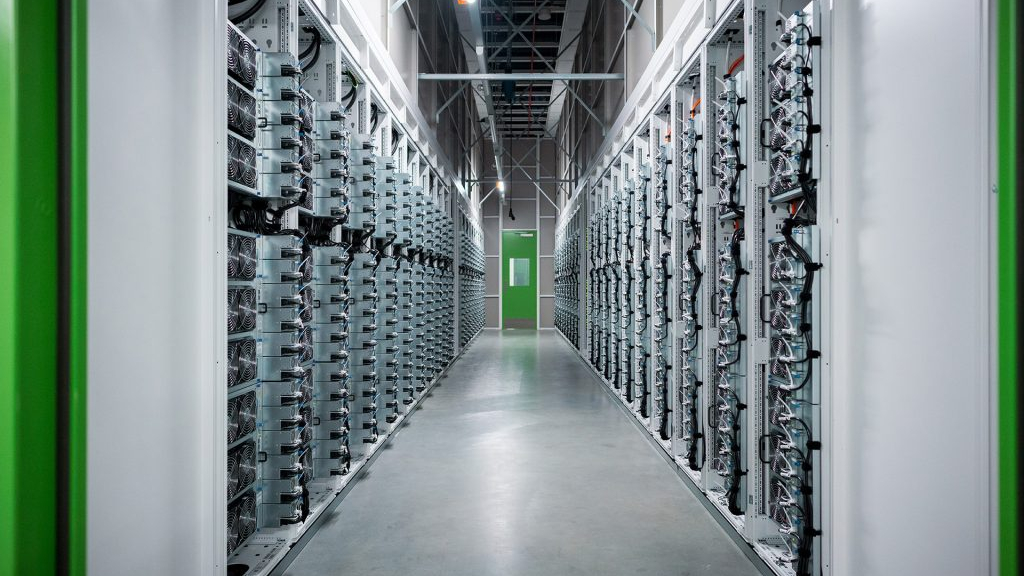
Nvidia 800 VDC power rollout for 1 megawatt server racks to be supported by ABB
By Bruno Ferreira Published
-
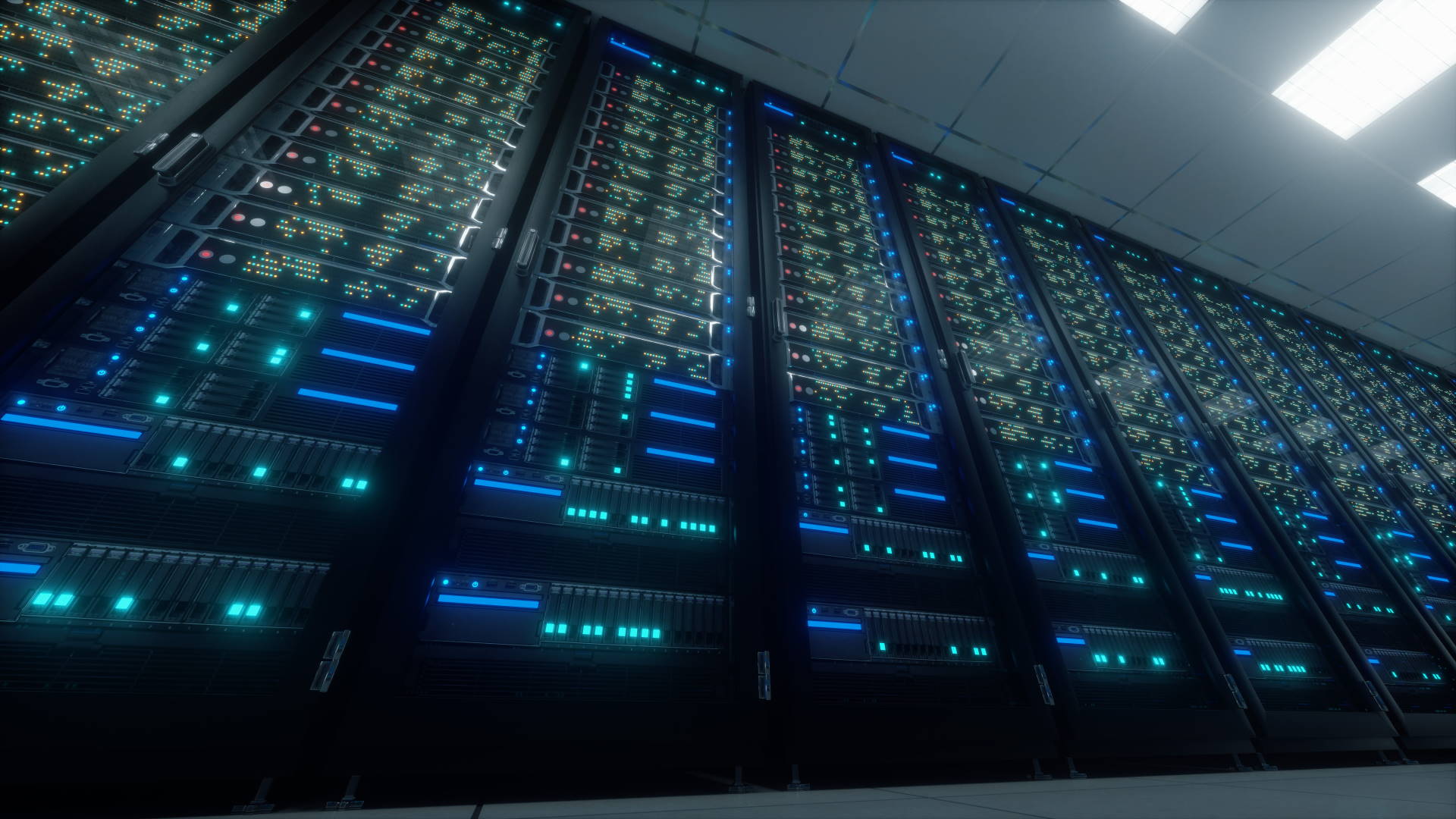
Michigan township sued by AI data center builder and disgruntled residents over opposition to the site
By Bruno Ferreira Published
-
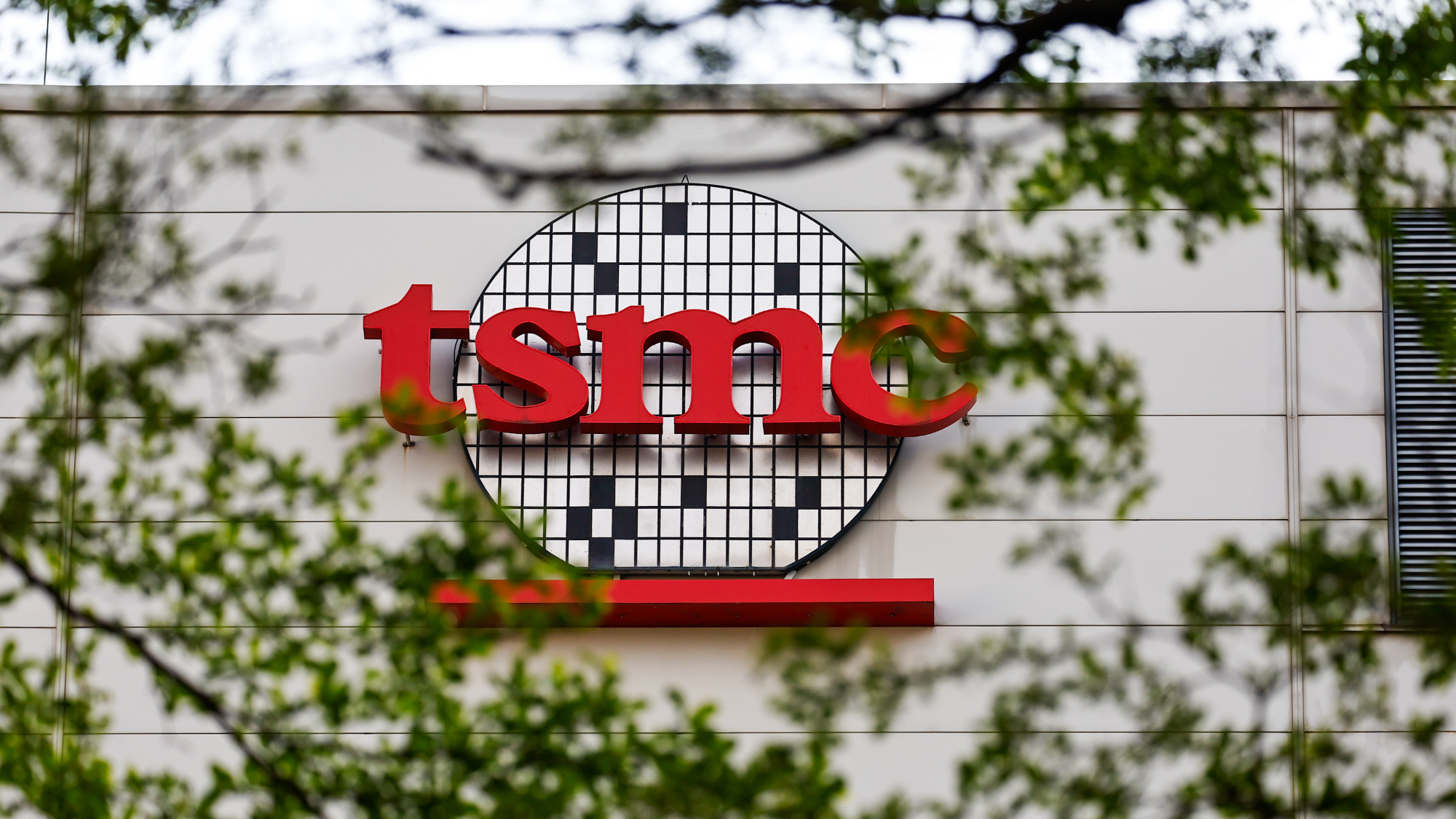
TSMC says Intel didn’t ask for investments — denies existence of talks for partnership, joint venture
By Jowi Morales Published
-

President Trump reignites 'digital barriers' issue warning that tariffs would be imposed on countries that 'harm US IT companies'
By Jowi Morales Published
-
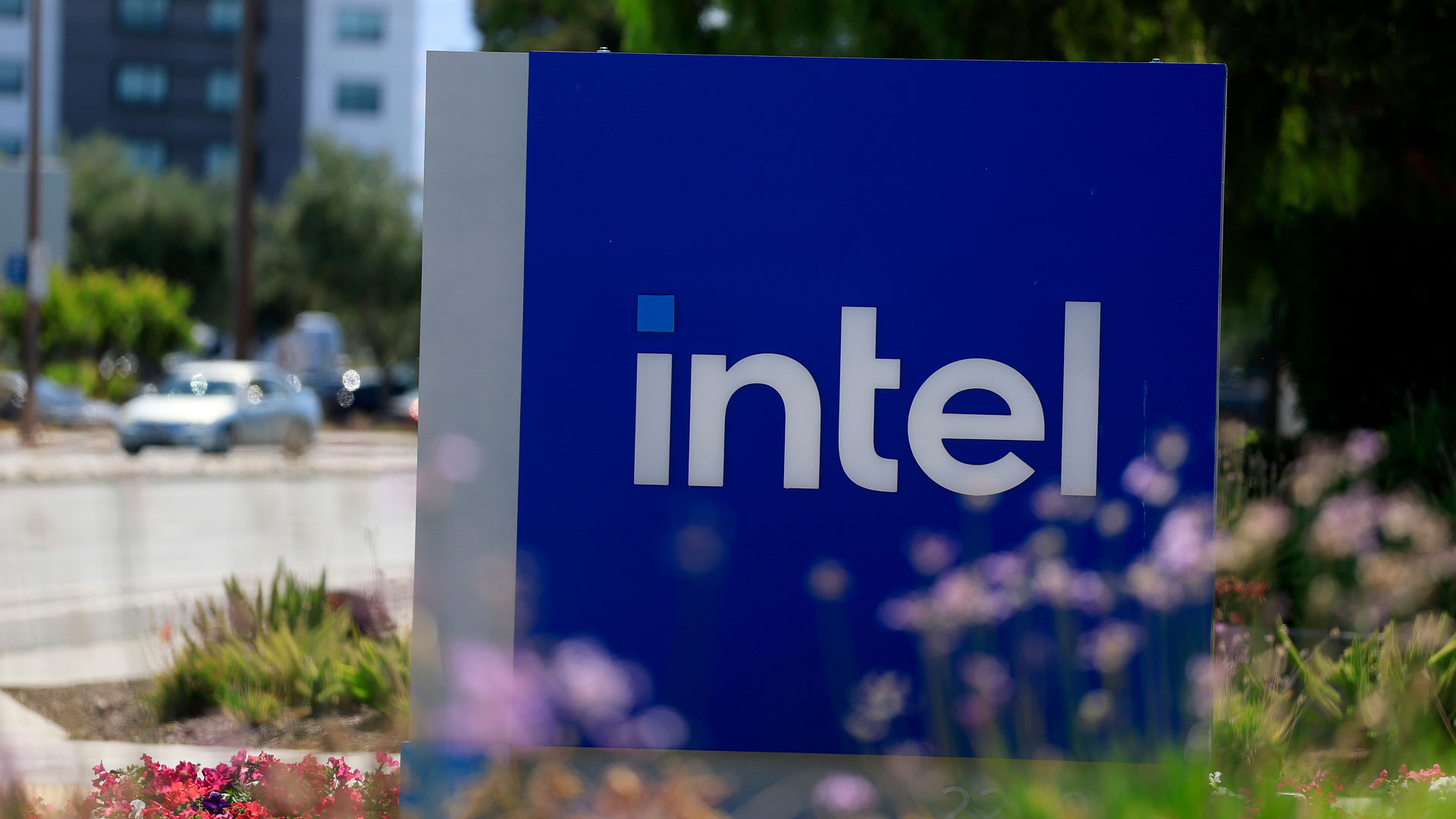
U.S. gov't will take a 9.9% ownership stake in Intel (Update)
By Andrew E. Freedman Last updated
-
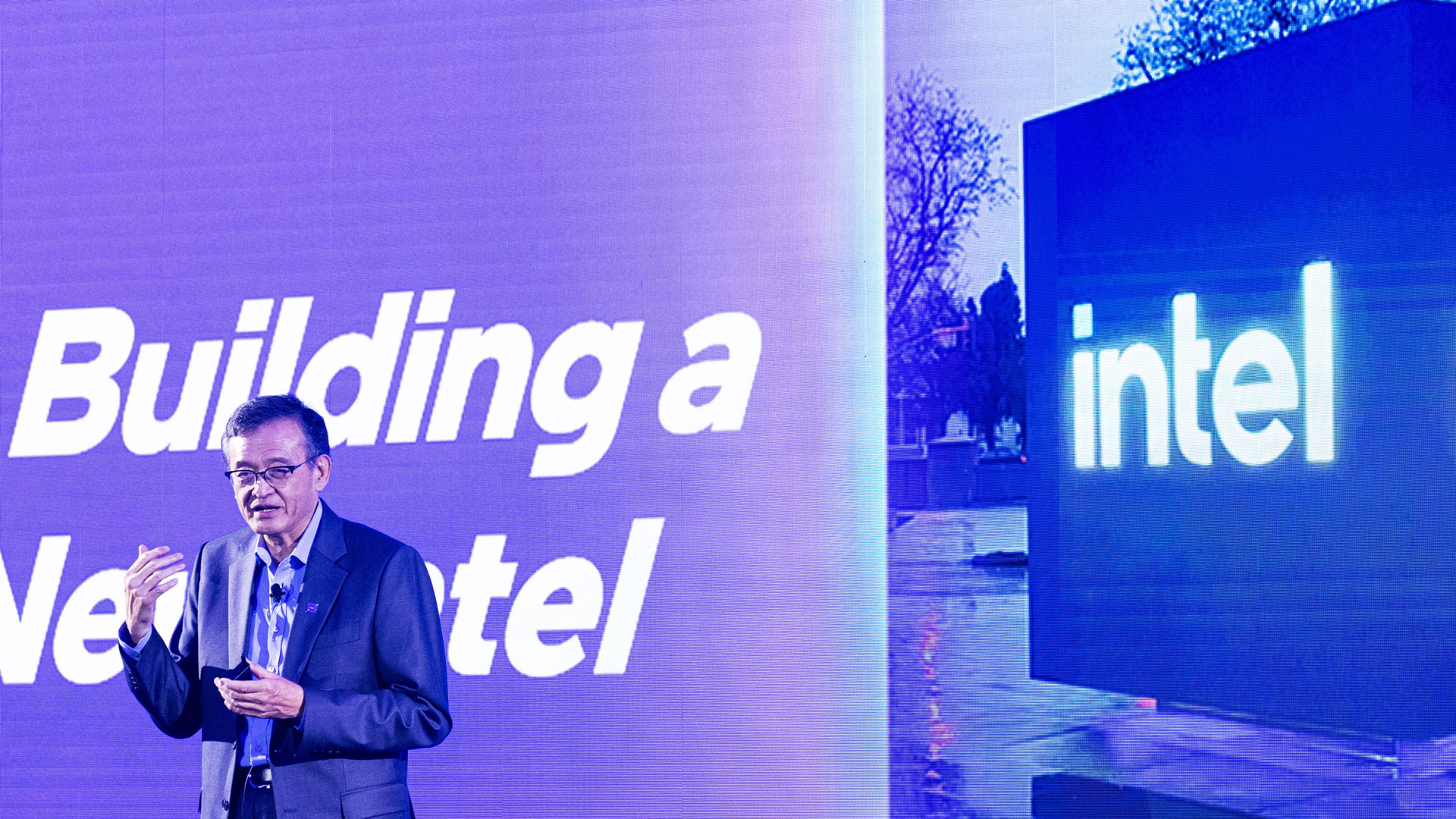
Trump calls for Intel CEO to resign
By Andrew E. Freedman Last updated
-

Qualcomm acquires Alphawave Semi for $2.4 billion
By Mark Tyson Published
-
Cryptocurrency
-
-

PayPal crypto partner accidentally mints stablecoins worth double the world’s total GDP
By Mark Tyson Published
-
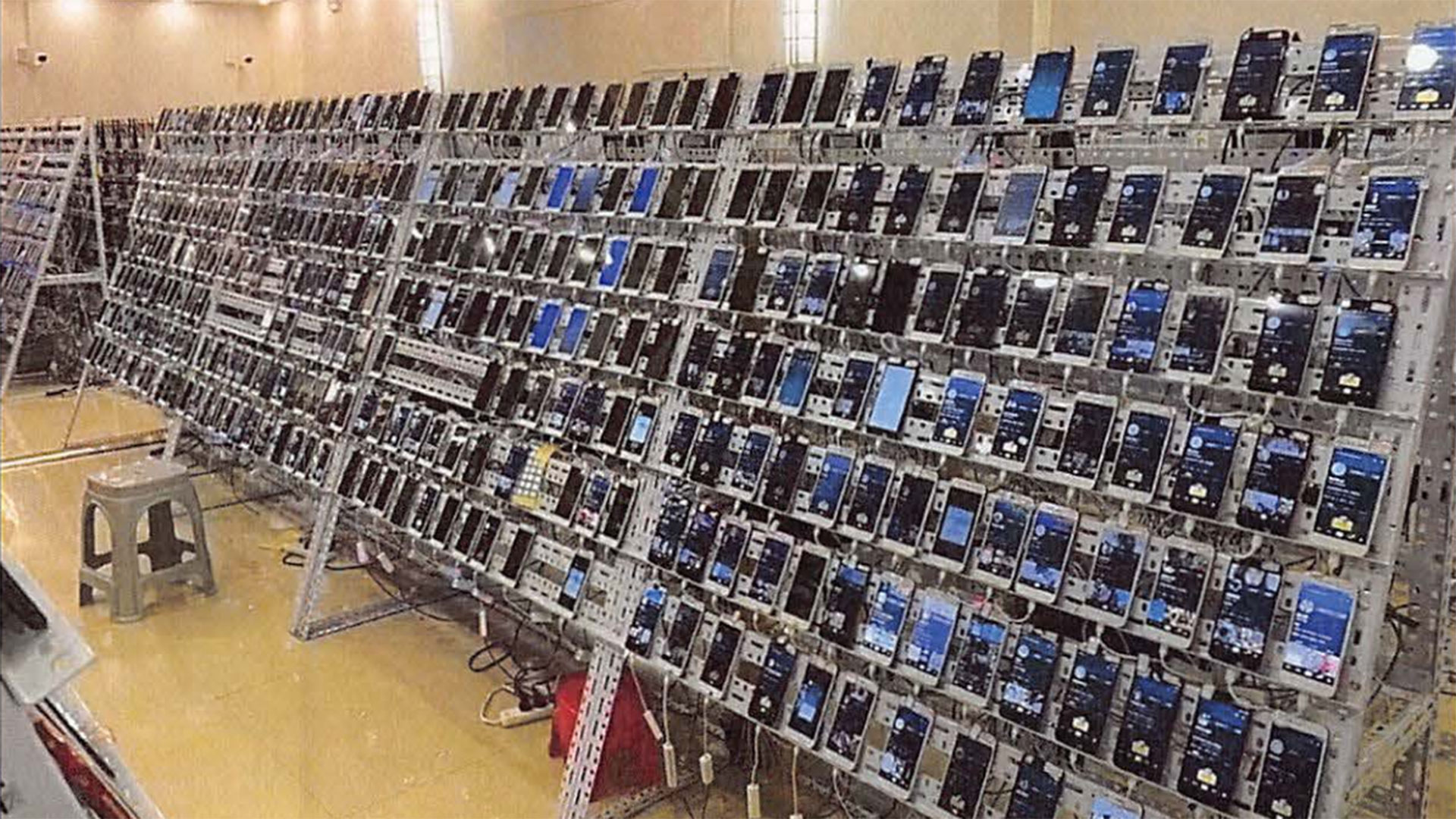
DoJ seizes $15 billion in Bitcoin from Cambodian fraudster who ran 'pig butchering' scam using forced labor
By Mark Tyson Published
-

Bitcoin rockets to all-time high of over $125,000
By Jowi Morales Last updated
-

Thailand’s $15B TouristDigiPay scheme will let visitors convert crypto to Baht
By Hassam Nasir Published
-
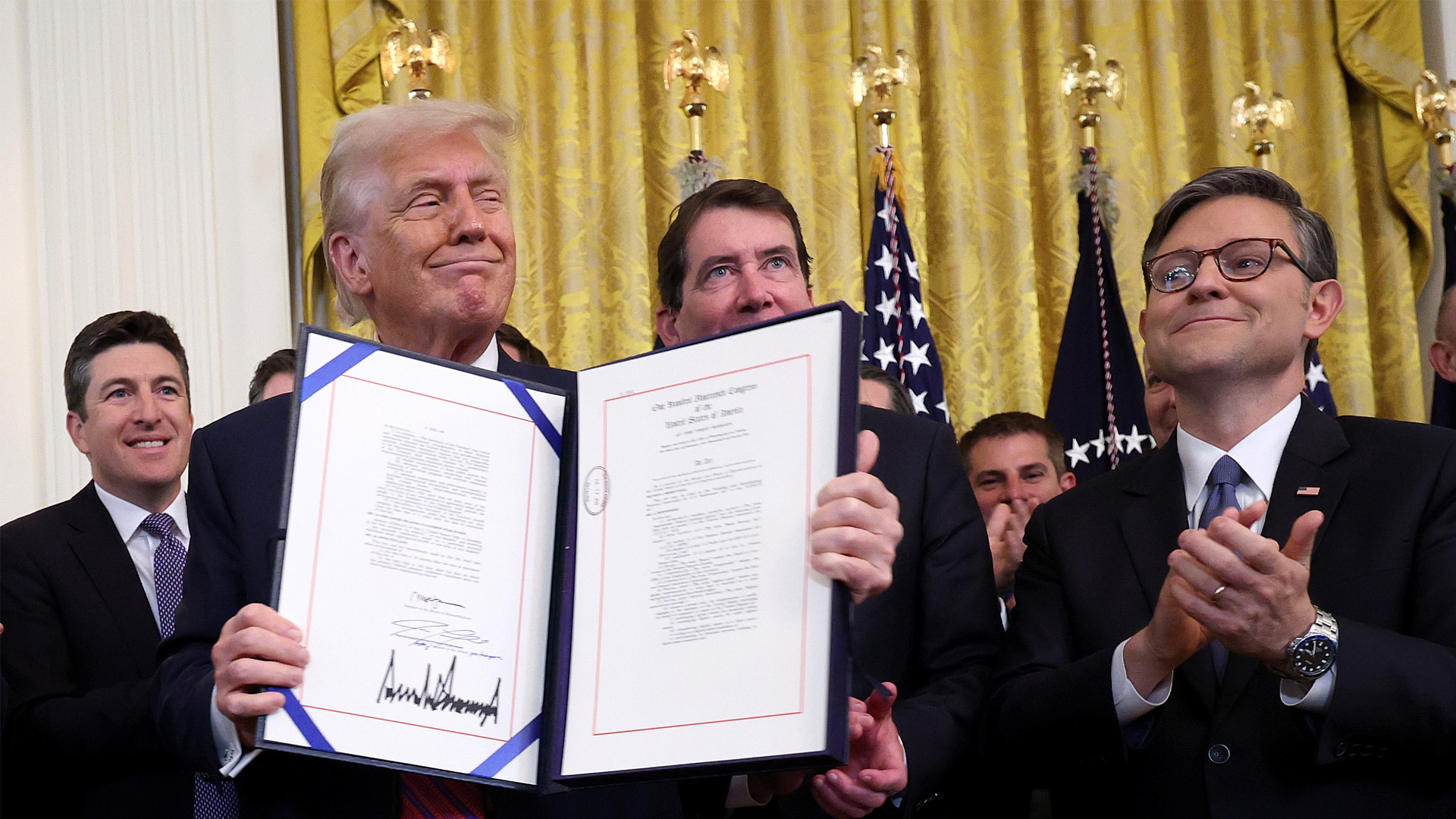
Stablecoins gain critical mass after GENIUS Act cements rules
By Jon Martindale Published
-

$3.5 billion Bitcoin hack from 2020 dwarfs Mt. Gox in value, is worth $14.5 billion today
By Aaron Klotz Published
-

FBI seizes $2.4 million in Bitcoin from member of recently ascendant Chaos ransomware group
By Aaron Klotz Published
-
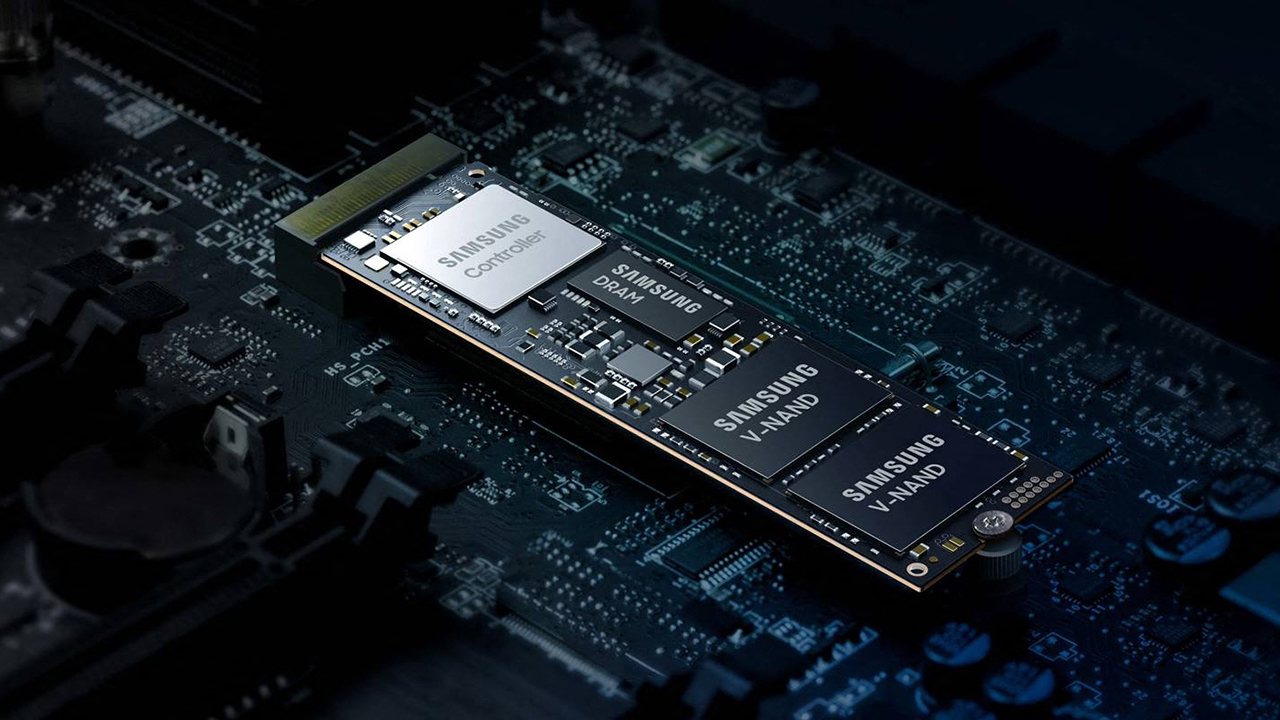
Crypto wallet Chrome extension is eating SSD storage at an alarming rate
By Nathaniel Mott Published
-

A Bitcoin whale just sold $9.5 billion in crypto that was originally acquired for $54,000 in 2014
By Mark Tyson Published
-
Cybersecurity
-
-

Catastrophic Jaguar Land Rover cyberattack to cost UK economy $2.5 billion
By Jon Martindale Published
-
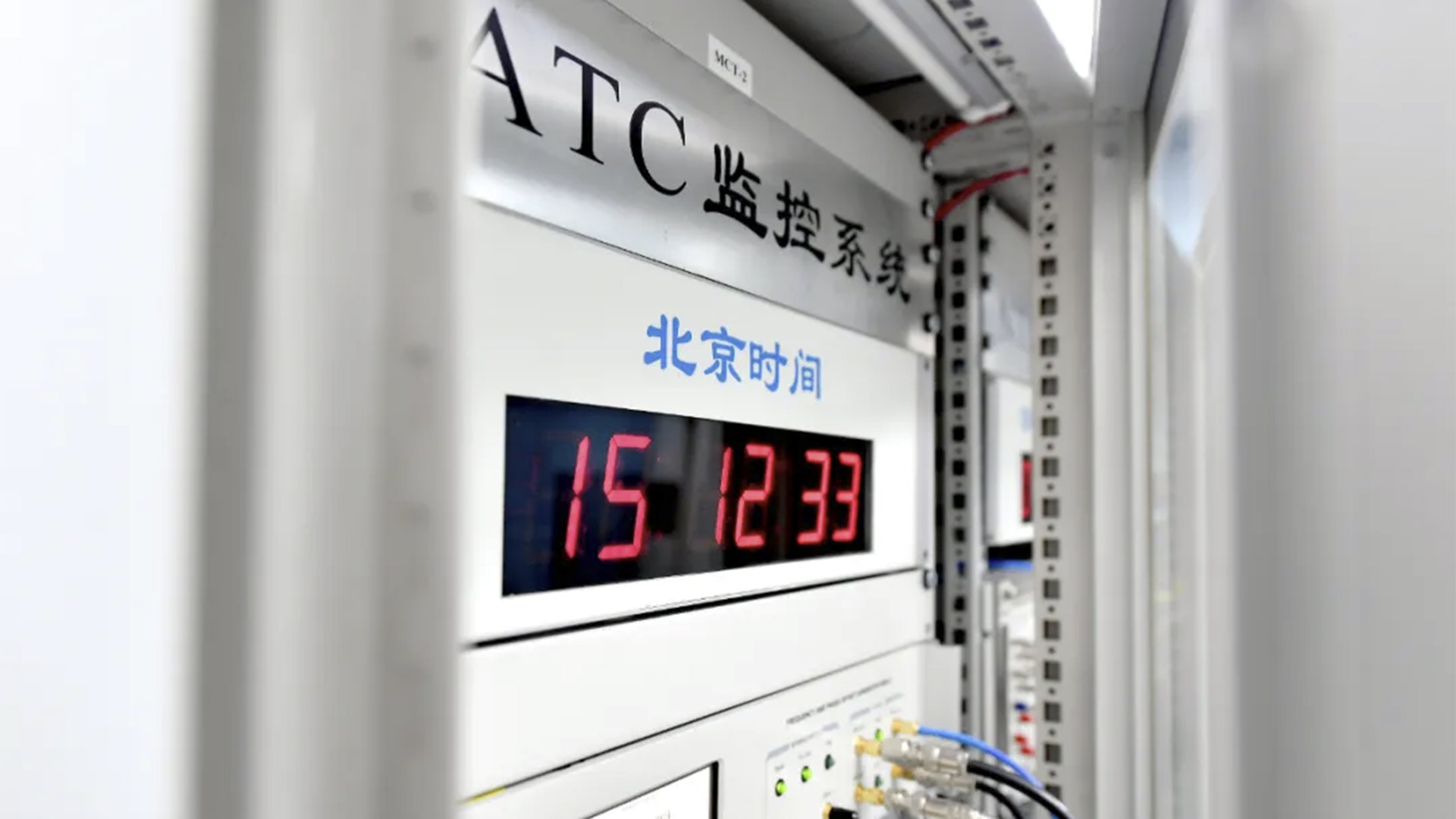
China says it has foiled a series U.S. cyberattacks on its critical infrastructure
By Mark Tyson Published
-

North Korean state-sponsored hackers slip unremovable malware inside blockchain to steal cryptocurrency
By Luke James Last updated
-

Chinese victims of convicted 'Bitcoin Queen' may have trouble getting their $7.3 billion back from UK government
By Sunny Grimm Published
-
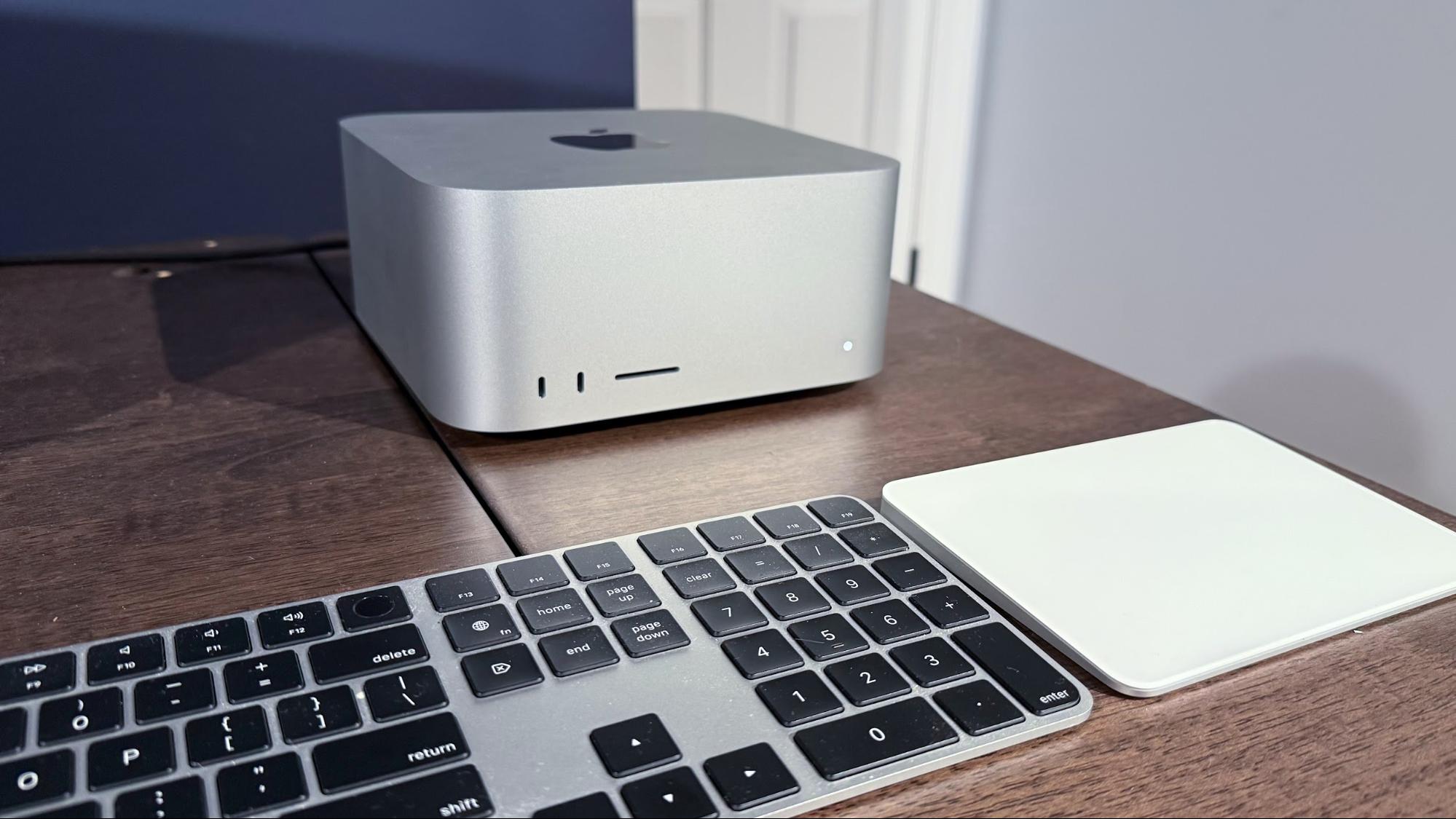
Apple doubles security bounty to $2 million
By Jowi Morales Published
-
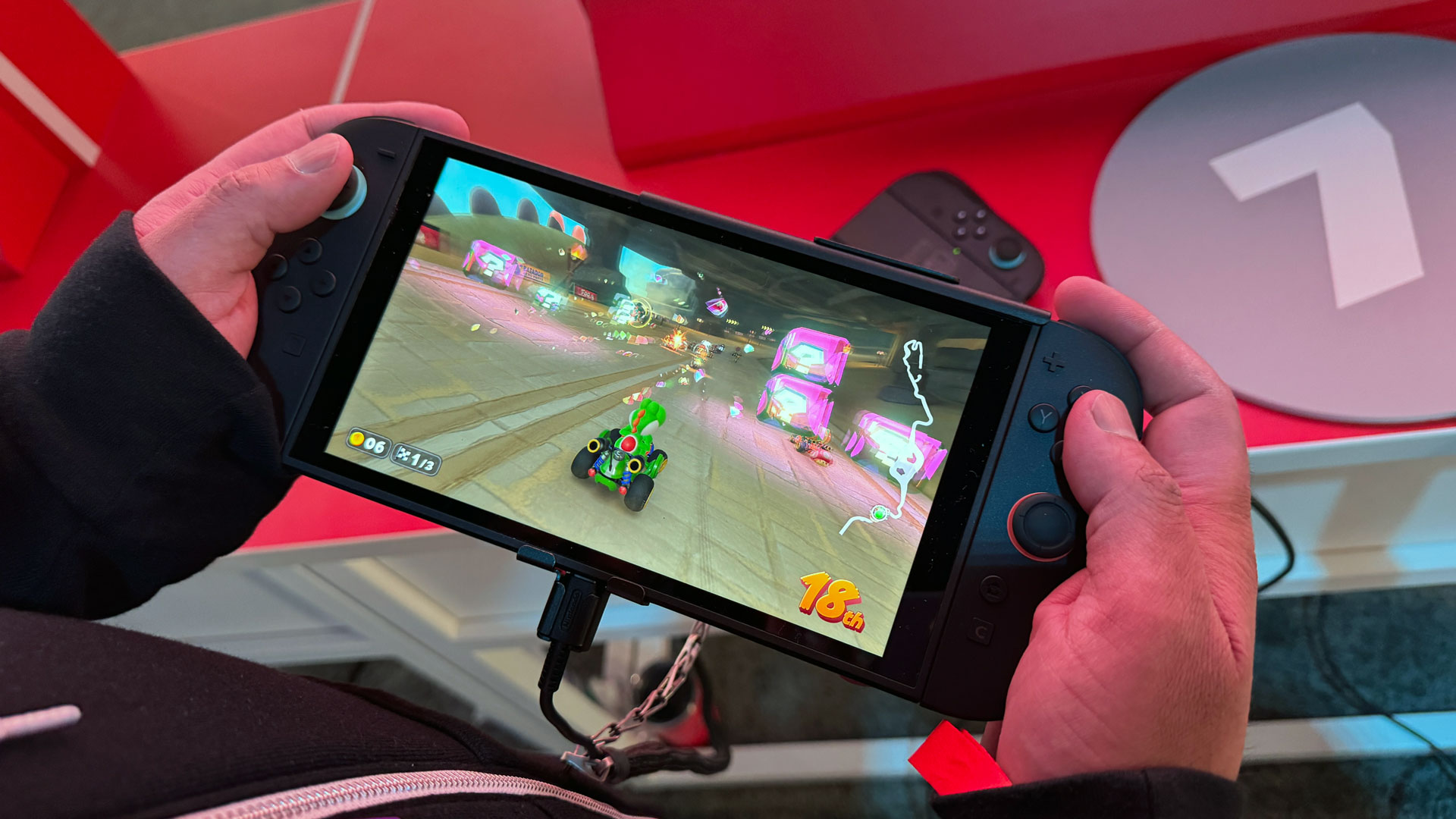
Nintendo allegedly hacked by Crimson Collective hacking group
By Jowi Morales Published
-

New 7-Zip high-severity vulnerabilities expose systems to remote attackers
By Luke James Published
-

Discord says only 70,000 government ID photos exposed in third-party service breach, denies 2.1 million figure — says it won't pay $3.5 million ransom
By Jon Martindale Published
-

91% of universities and 43% of businesses hit by cyberattack in UK this year
By Jon Martindale Published
-
Manufacturing
-
-

Chinese companies unveil a swathe of breakthrough chipmaking innovations at tradeshow
By Anton Shilov Published
-

Chinese memory maker reportedly preparing for $42 billion IPO
By Jowi Morales Published
-
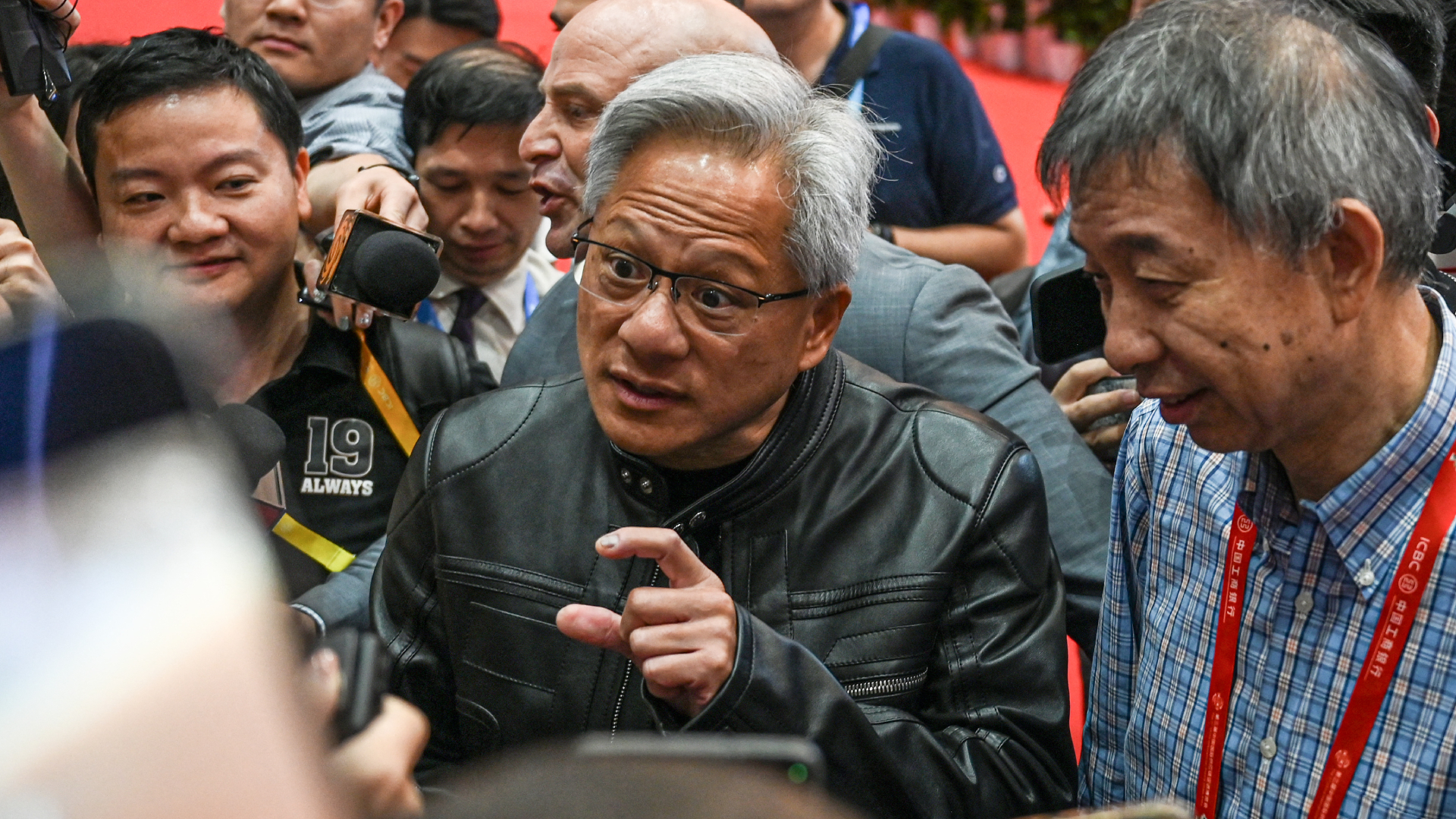 Premium
PremiumNvidia's China presence hits zero, says CEO Jensen Huang, and companies are already working around it
By Luke James Published
-
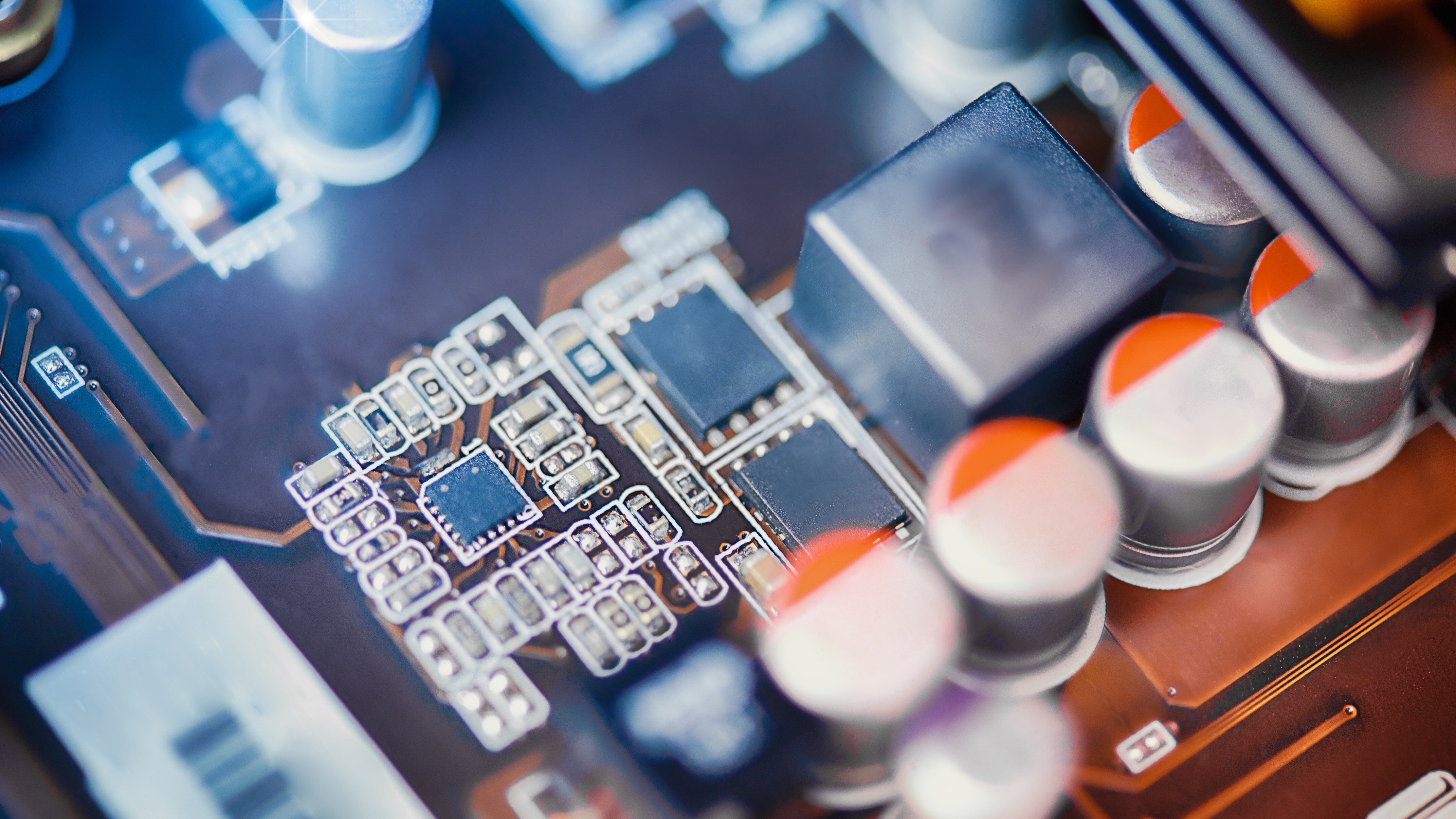
'Diamond blanket' transistor cooling method sees incredible success in testing
By Sunny Grimm Published
-
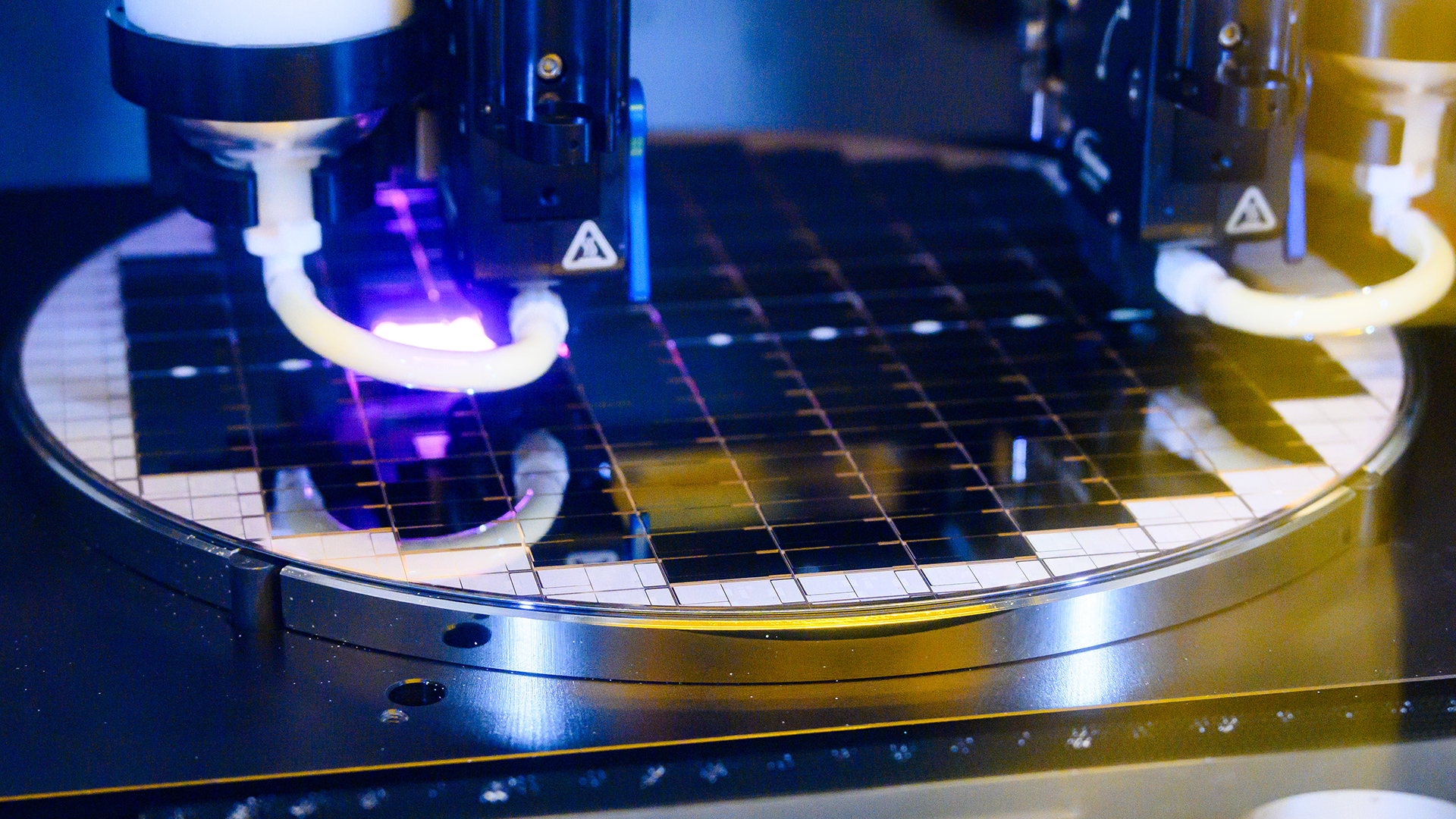 Premium
PremiumASML launches revolutionary lithography scanner for advanced 3D chip packaging — Twinscan XT:260 machine quadruples throughput
By Anton Shilov Published
-

Alibaba Cloud says it cut Nvidia AI GPU use by 82% with new pooling system
By Luke James Published
-
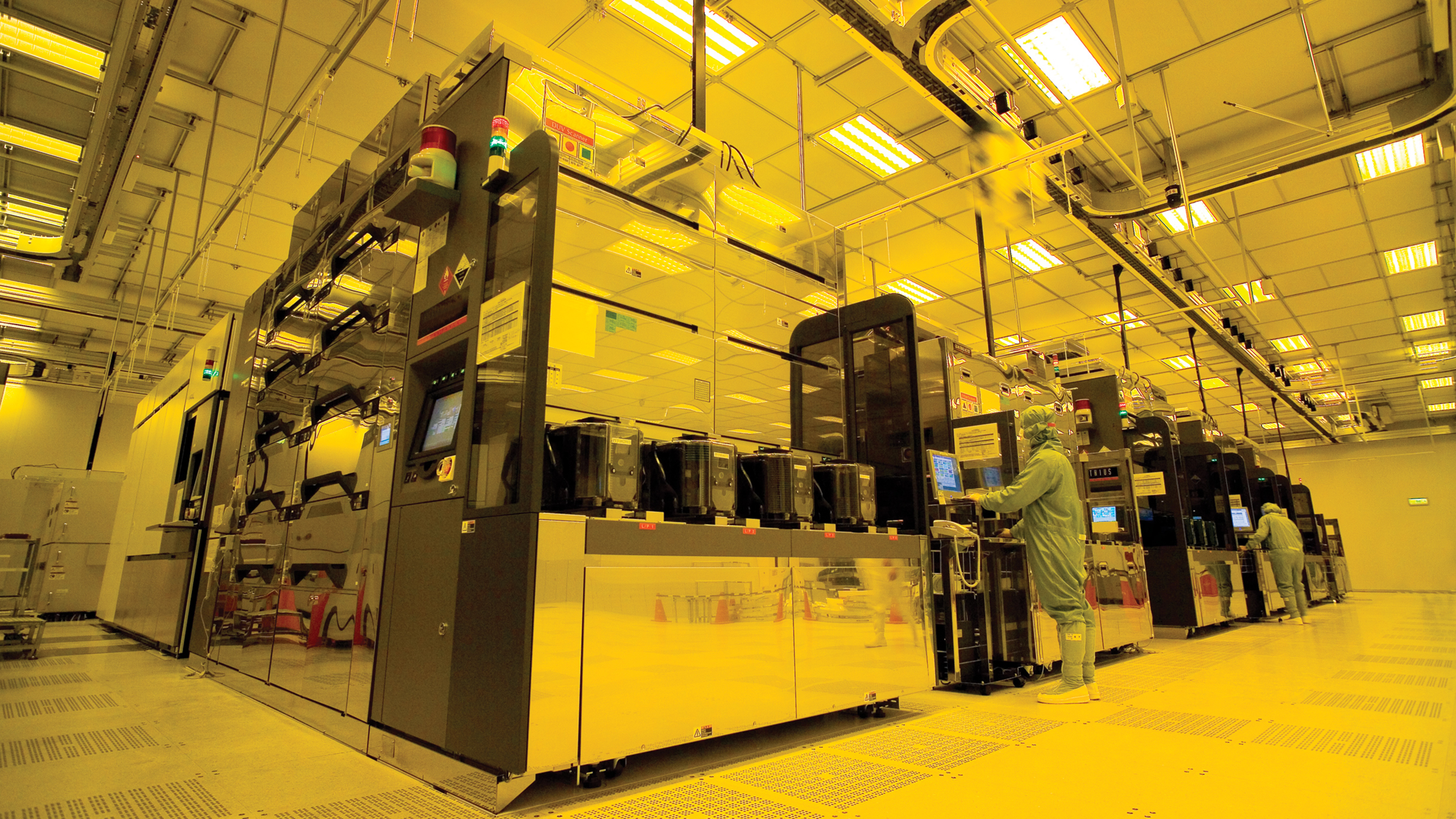
TSMC gives an ultra-rare video look inside its fabs
By Anton Shilov Published
-
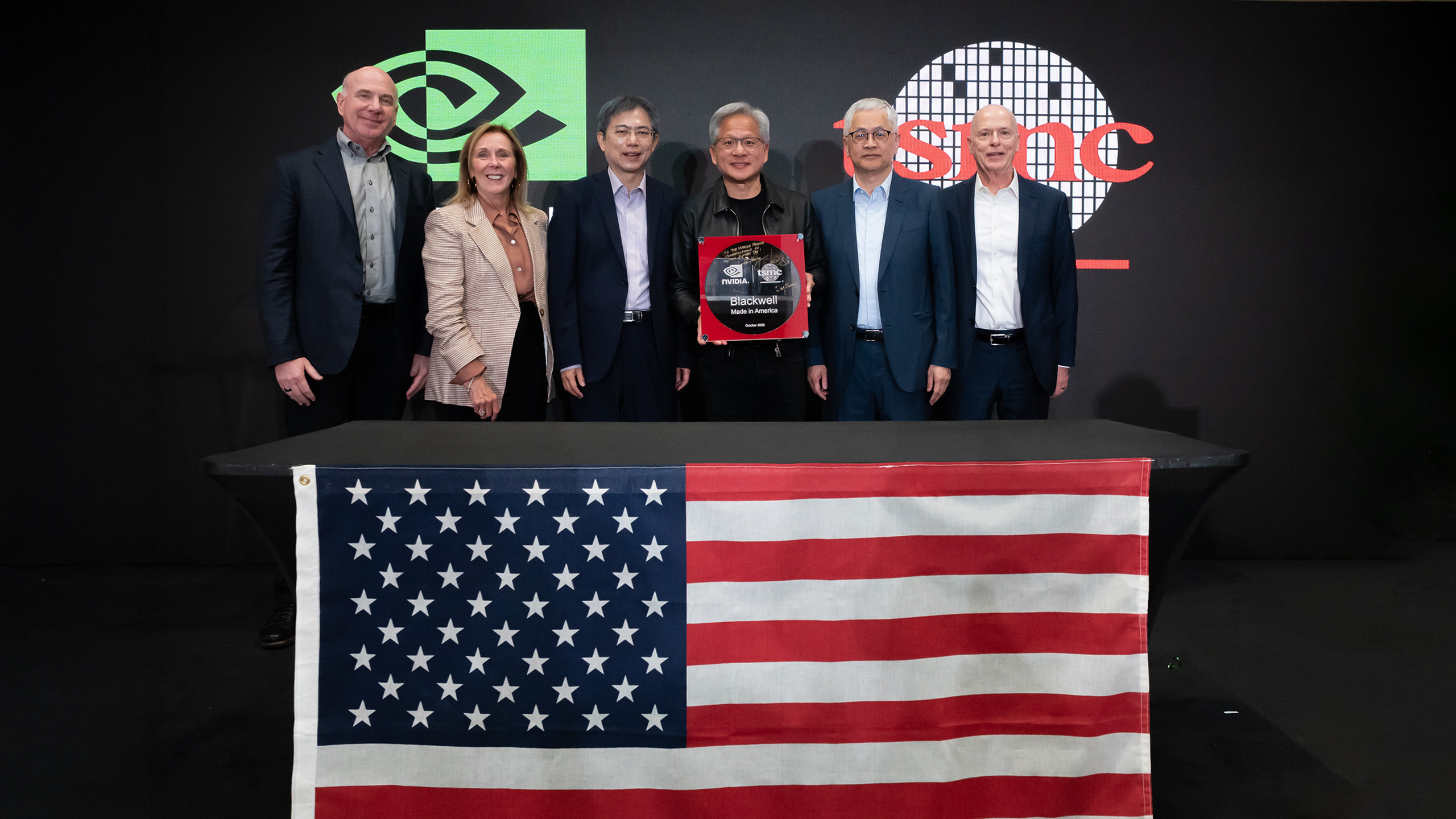
Nvidia and TSMC produce the first Blackwell wafer made in the U.S.
By Anton Shilov Published
-
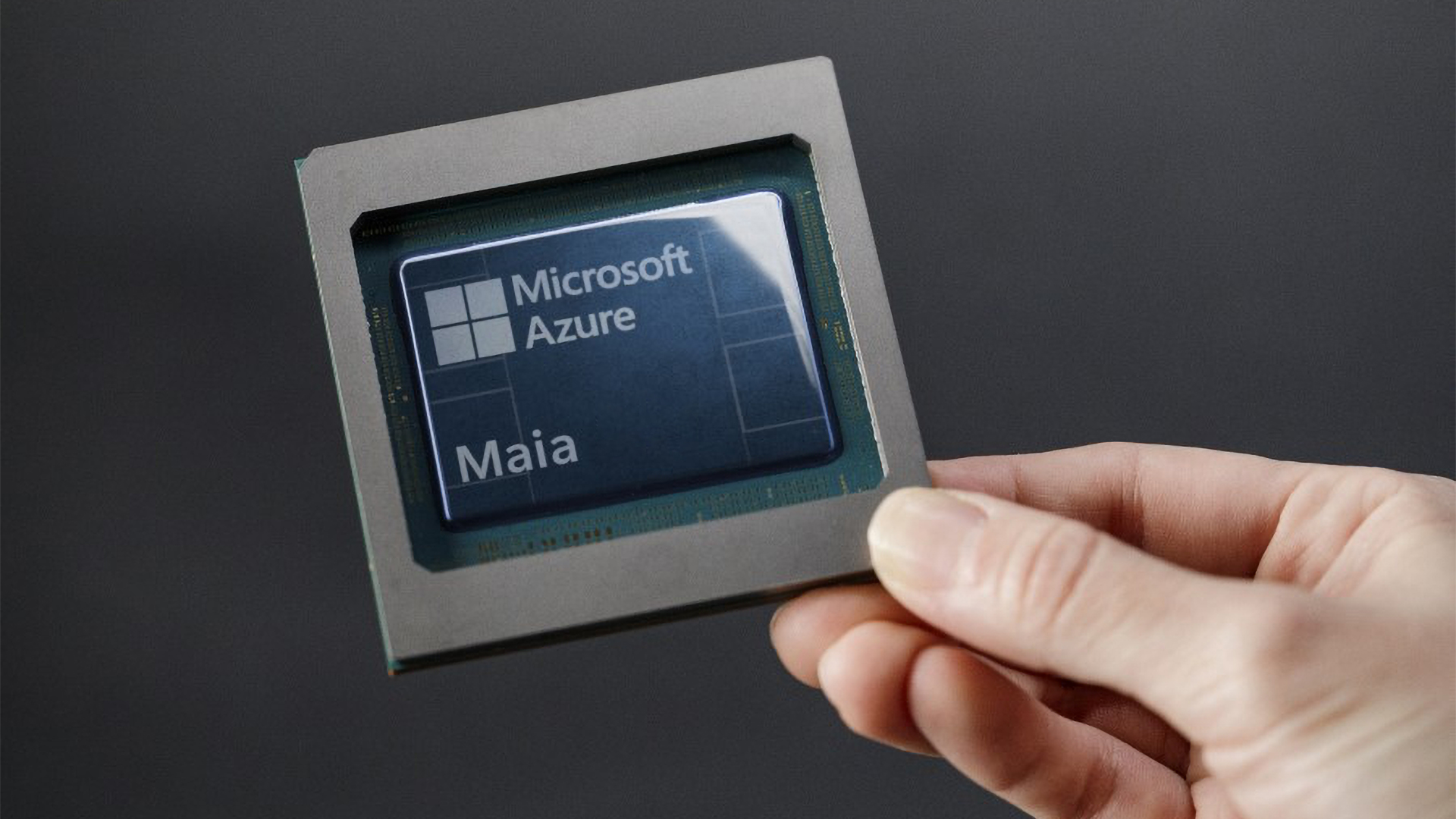
Intel Foundry secures contract to build Microsoft's Maia 2 next-gen AI processor on 18A/18A-P node, claims report
By Anton Shilov Published
-
Quantum Computing
-
-
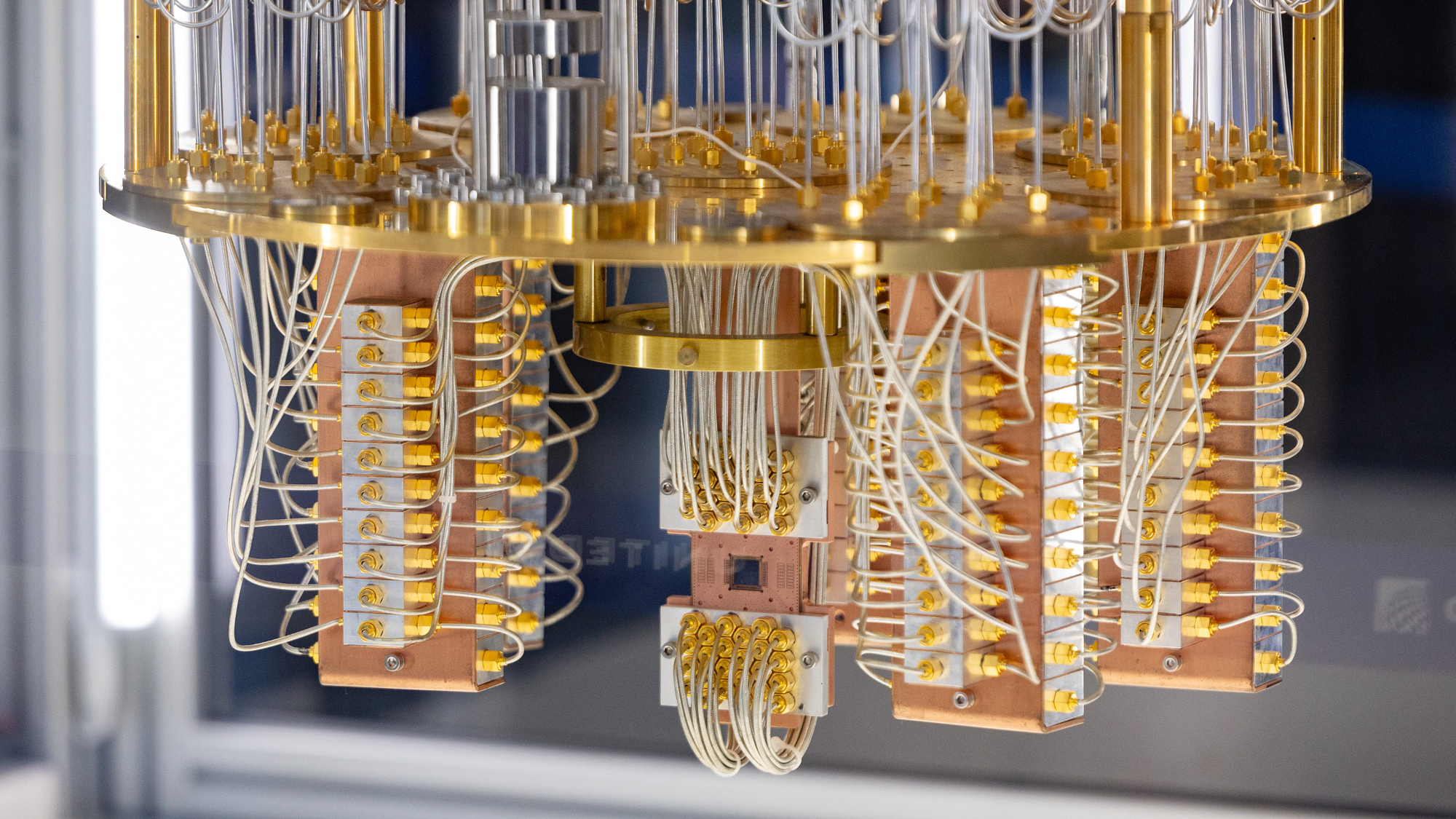
Harvard researchers hail quantum computing breakthrough with a machine that can run for two hours
By Jowi Morales Published
-

Quantum internet is possible using standard Internet protocol
By Sunny Grimm Published
-
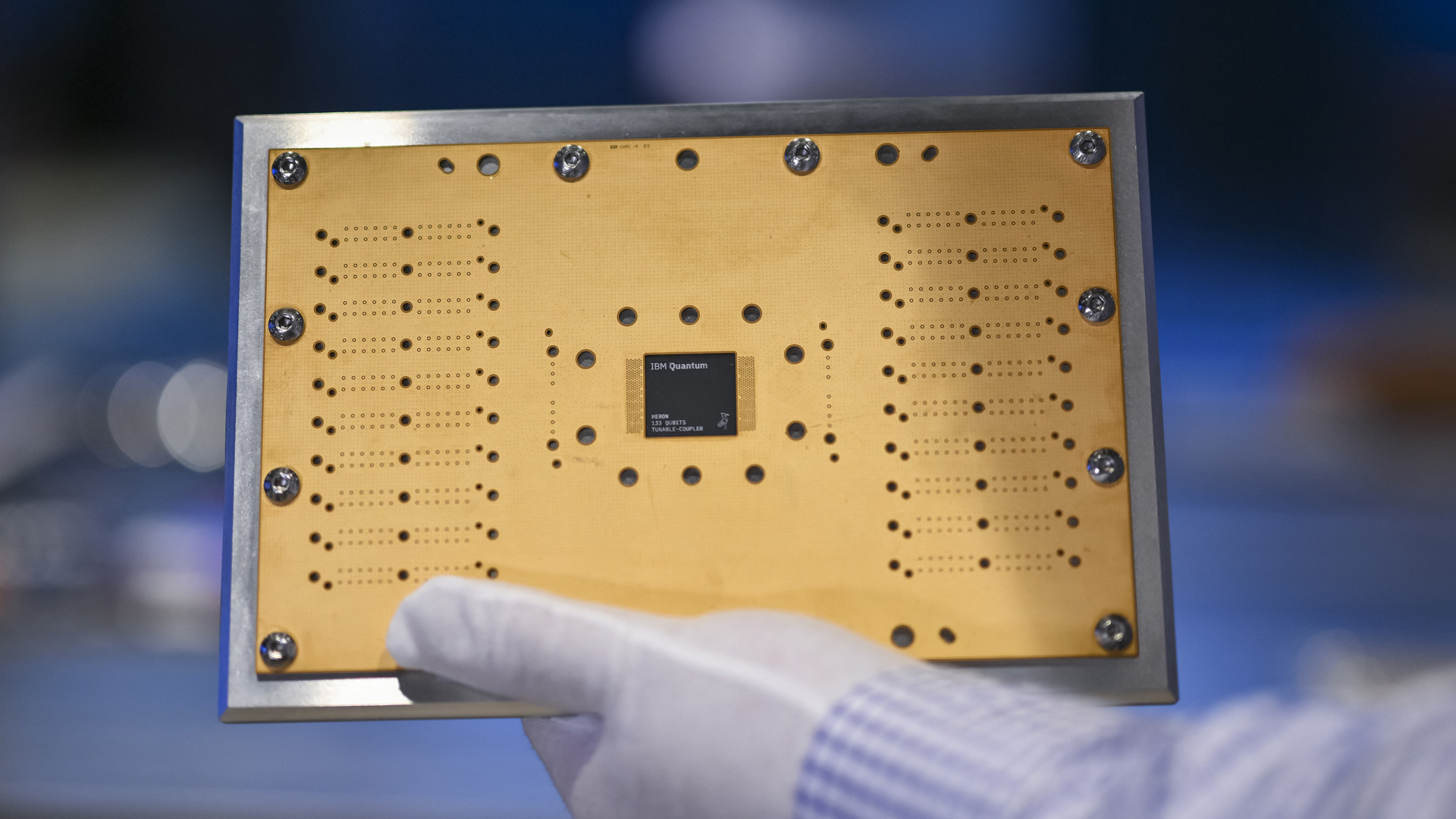
Quantum machine learning unlocks new efficient chip design pipeline
By Jon Martindale Published
-
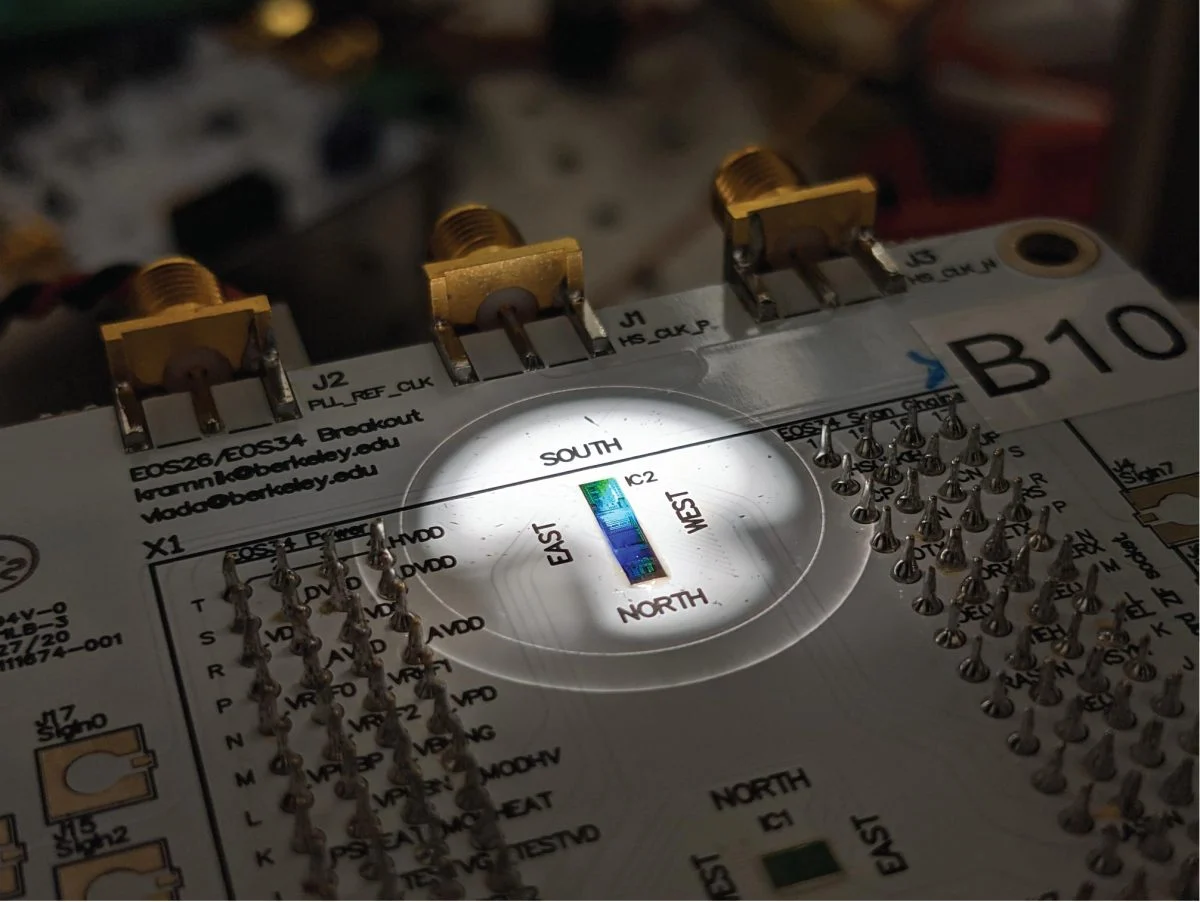
The world's first hybrid chip combining photonics and electronics with quantum computing is here, and it's built like a normal silicon SoC
By Hassam Nasir Published
-
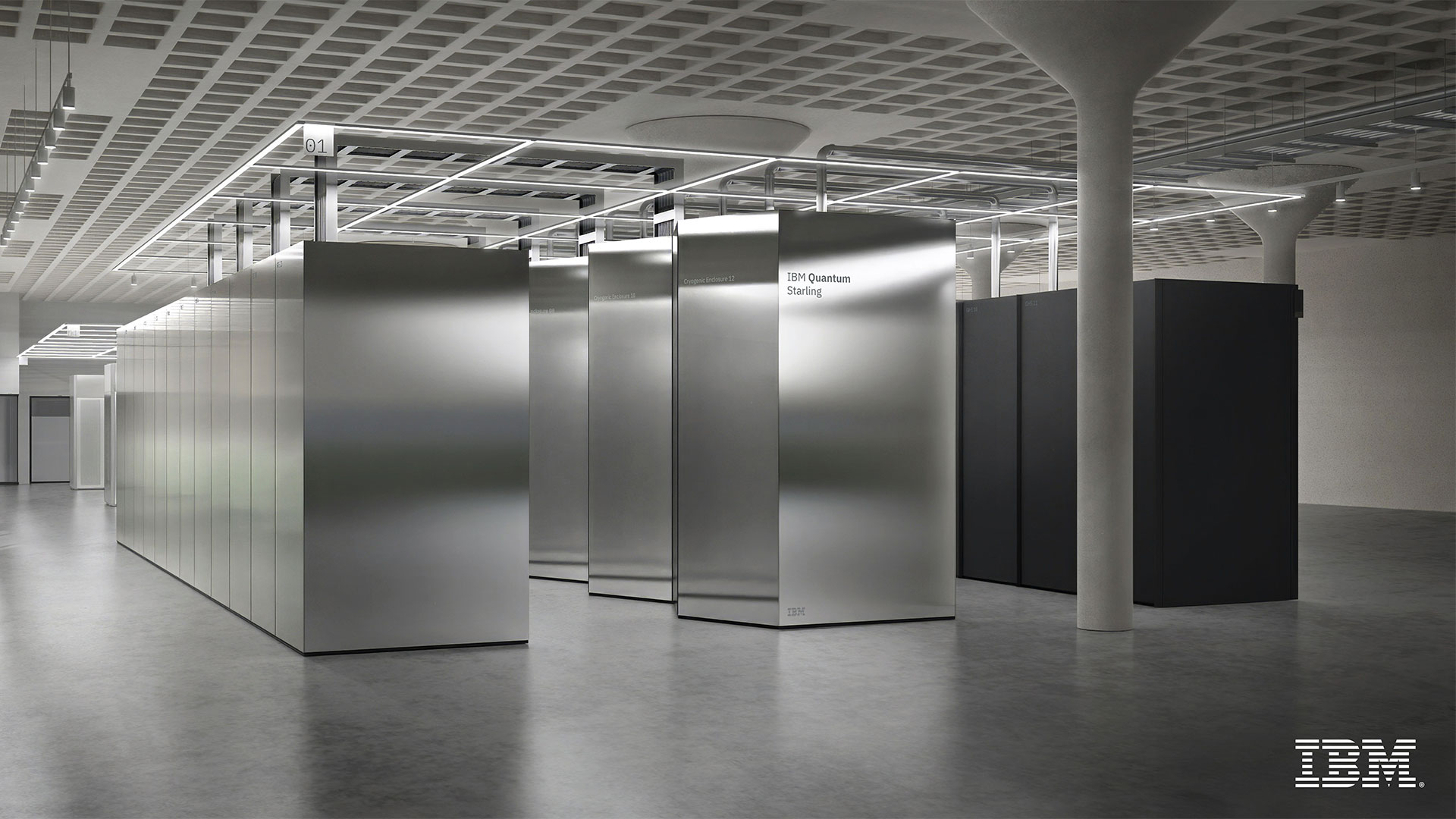
IBM is building a large-scale quantum computer that 'would require the memory of more than a quindecillion of the world's most powerful supercomputers' to simulate
By Mark Tyson Published
-
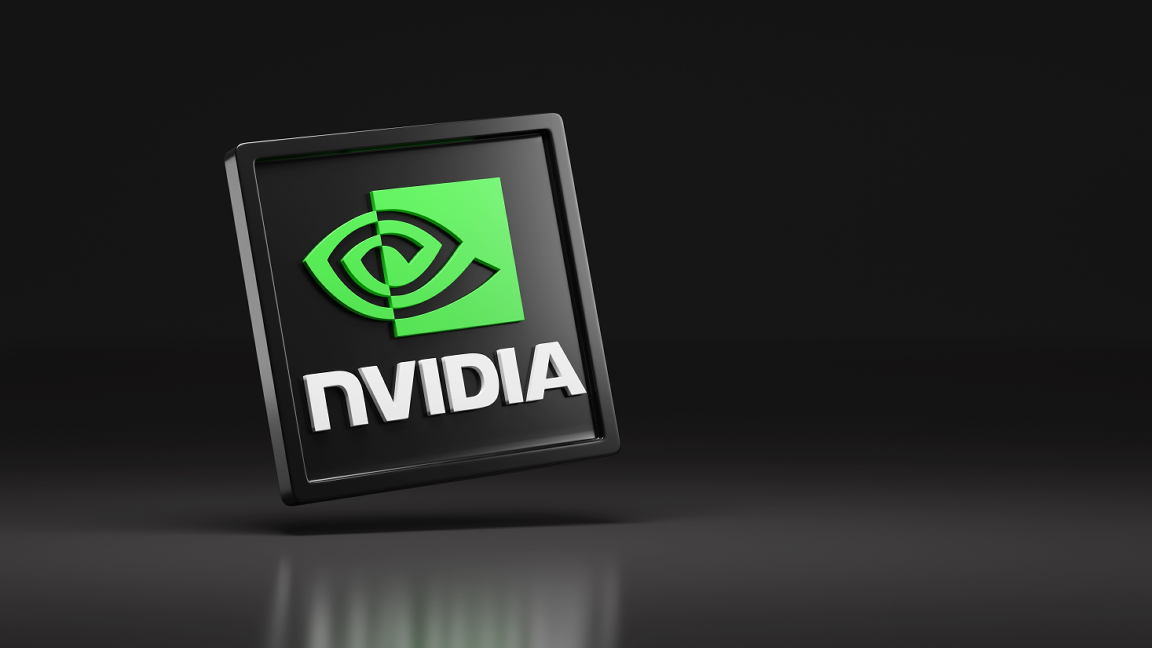
Nvidia in talks to invest in PsiQuantum
By Ash Hill Published
-
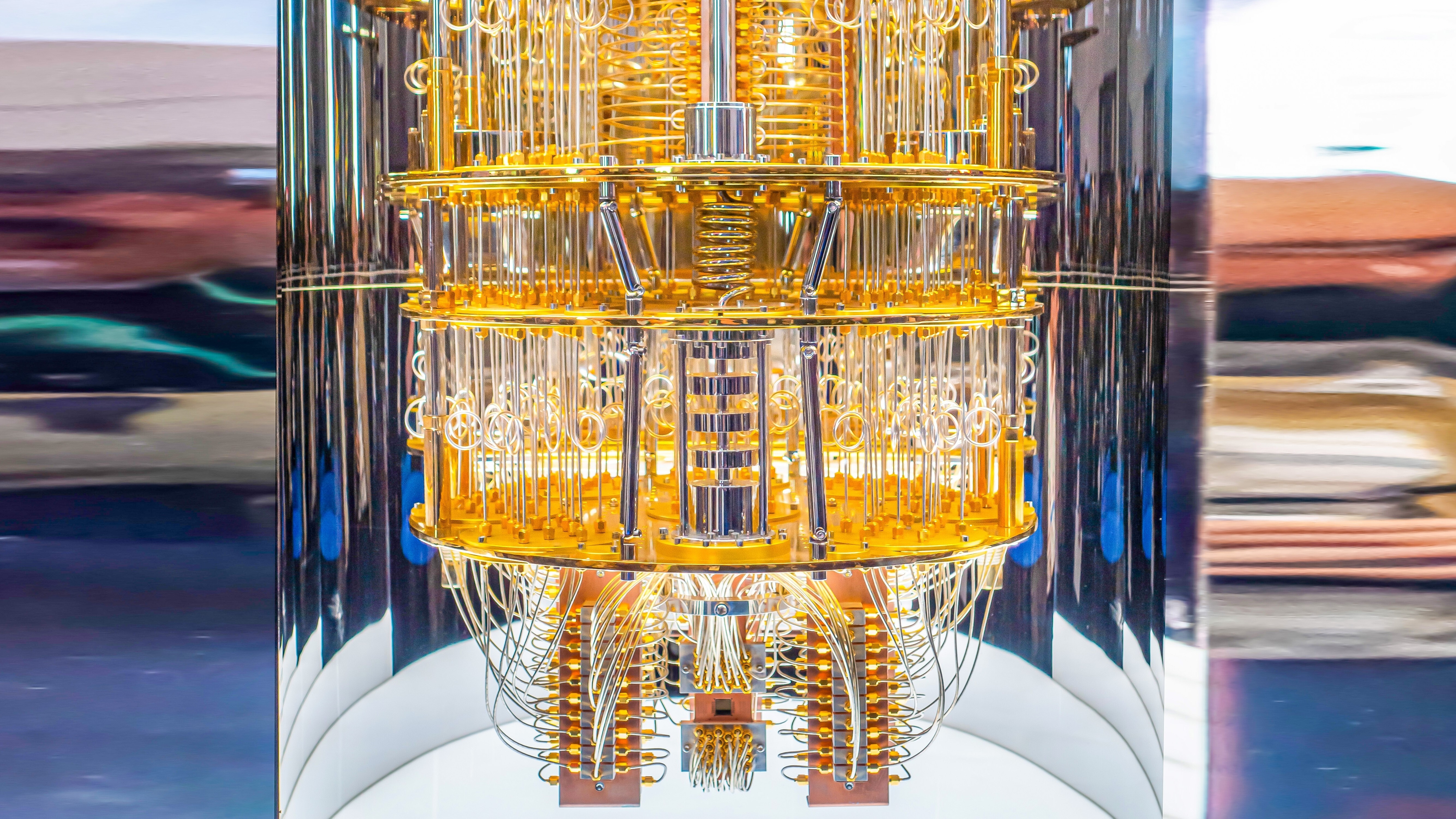
QNodeOS claims to be the first operating system for quantum networks, paving the way for future quantum applications
By Hassam Nasir Published
-
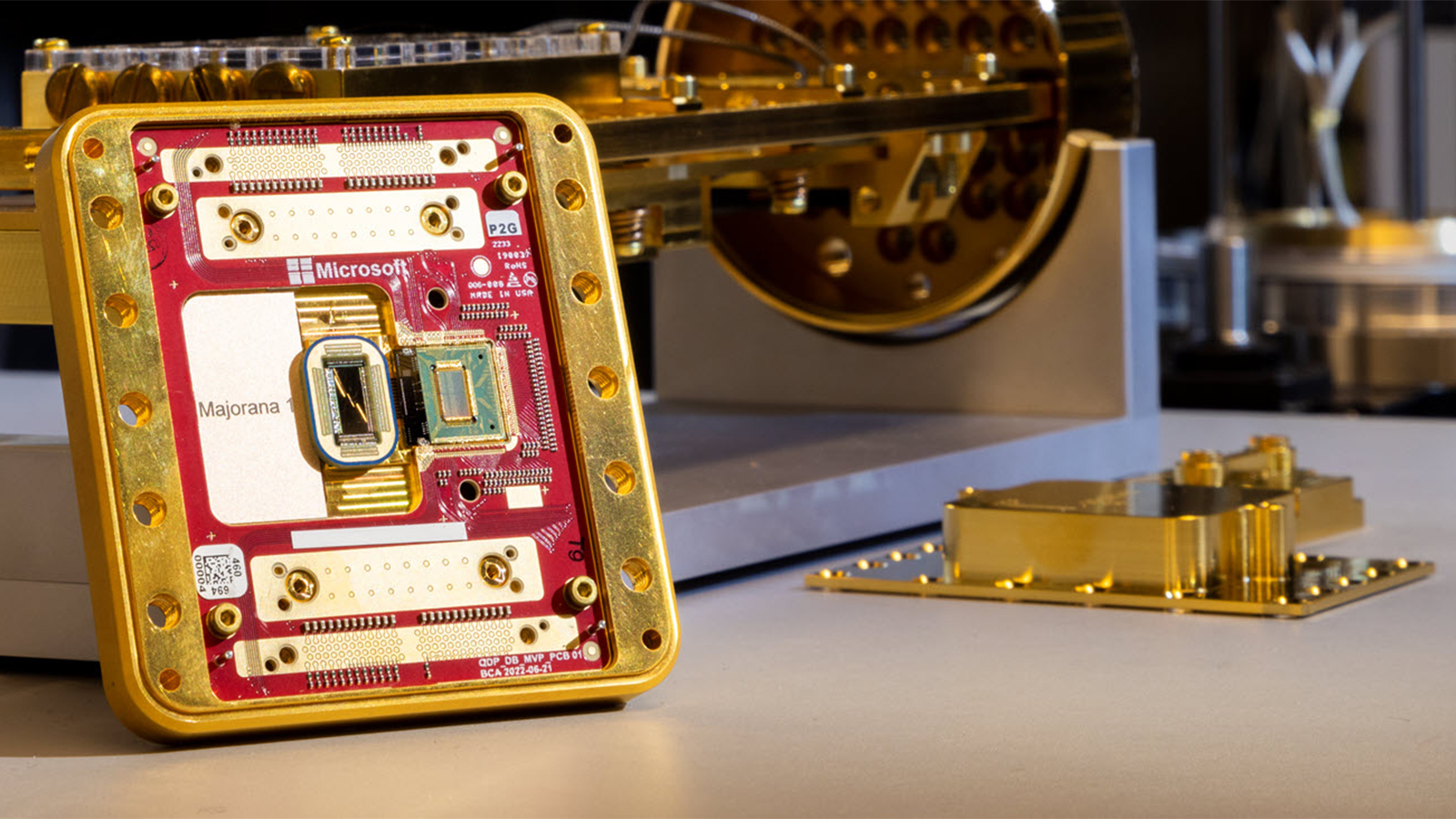
Microsoft's latest Quantum computing claims have been named 'unreliable' by scientists
By Jowi Morales Published
-
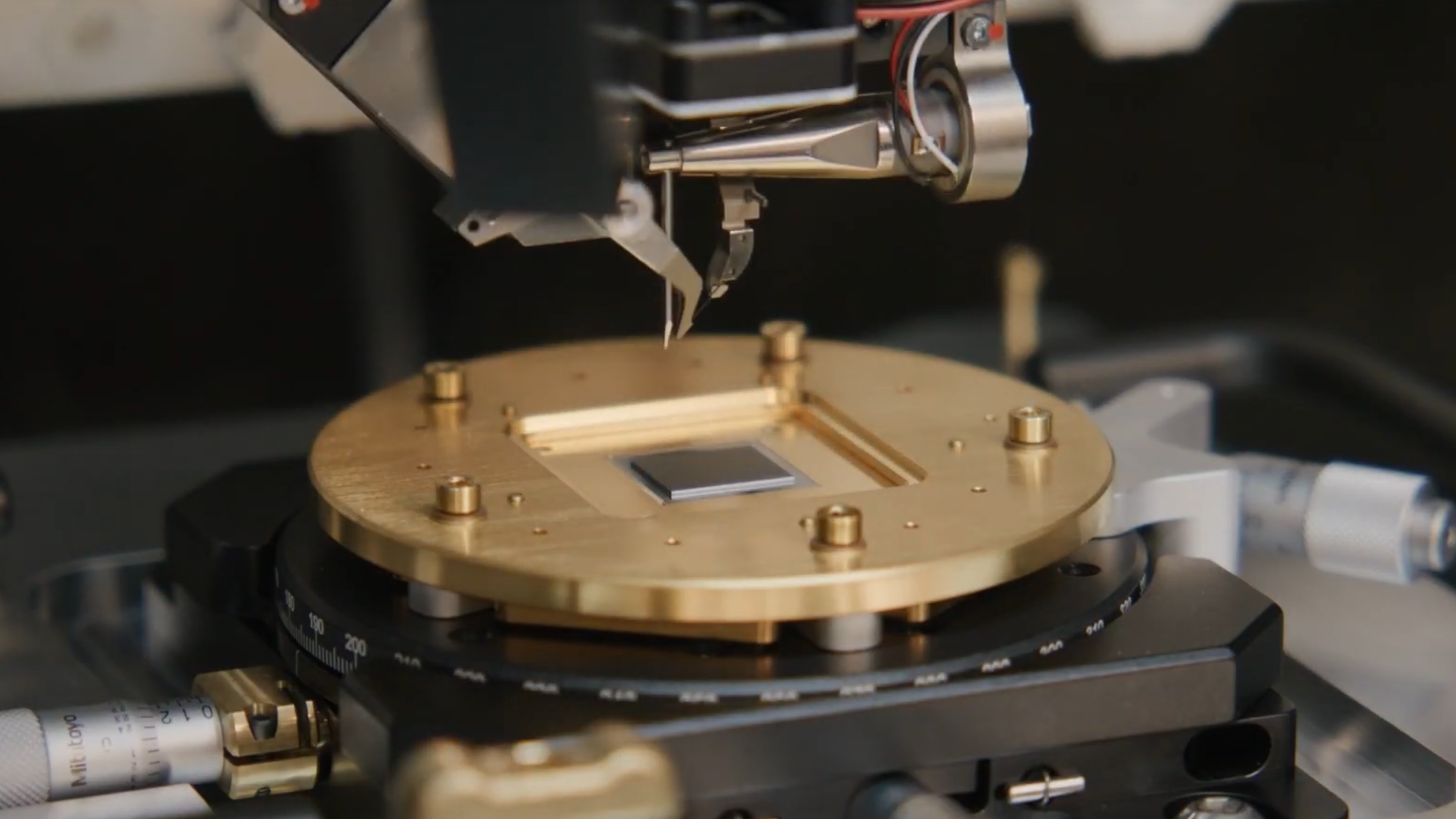
Amazon's Ocelot quantum chip uses 'cat qubits' to 'reduce error correction by up to 90%'
By Christopher Harper Published
-
Supercomputers
-
-

China's supercomputer breakthrough uses 37 million processor cores to model complex quantum chemistry at molecular scale
By Anton Shilov Last updated
-
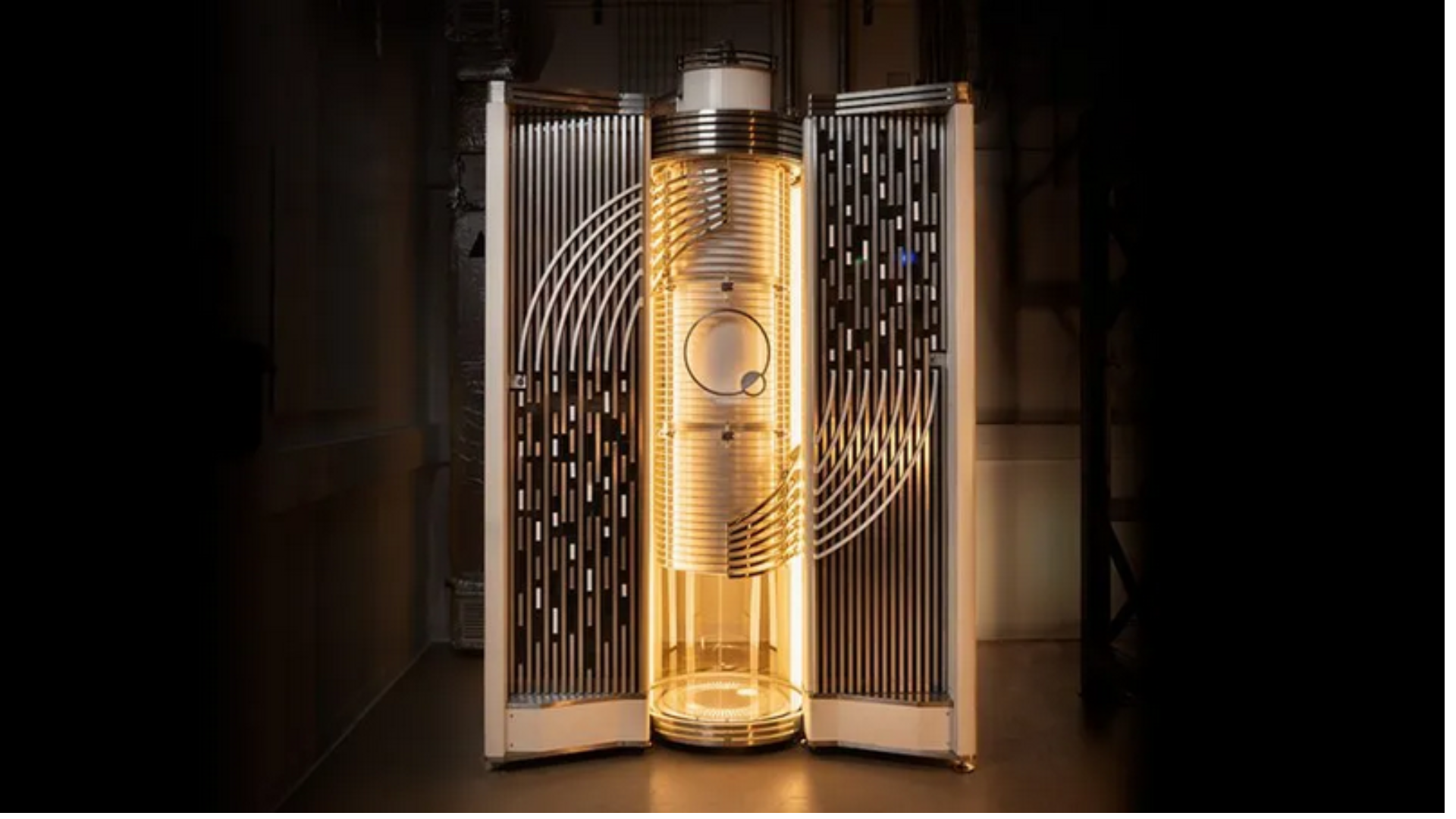
Start-up hails world's first quantum computer made from standard silicon
By Luke James Published
-

Nvidia GPUs and Fujitsu Arm CPUs will power Japan's next $750M zetta-scale supercomputer
By Hassam Nasir Published
-
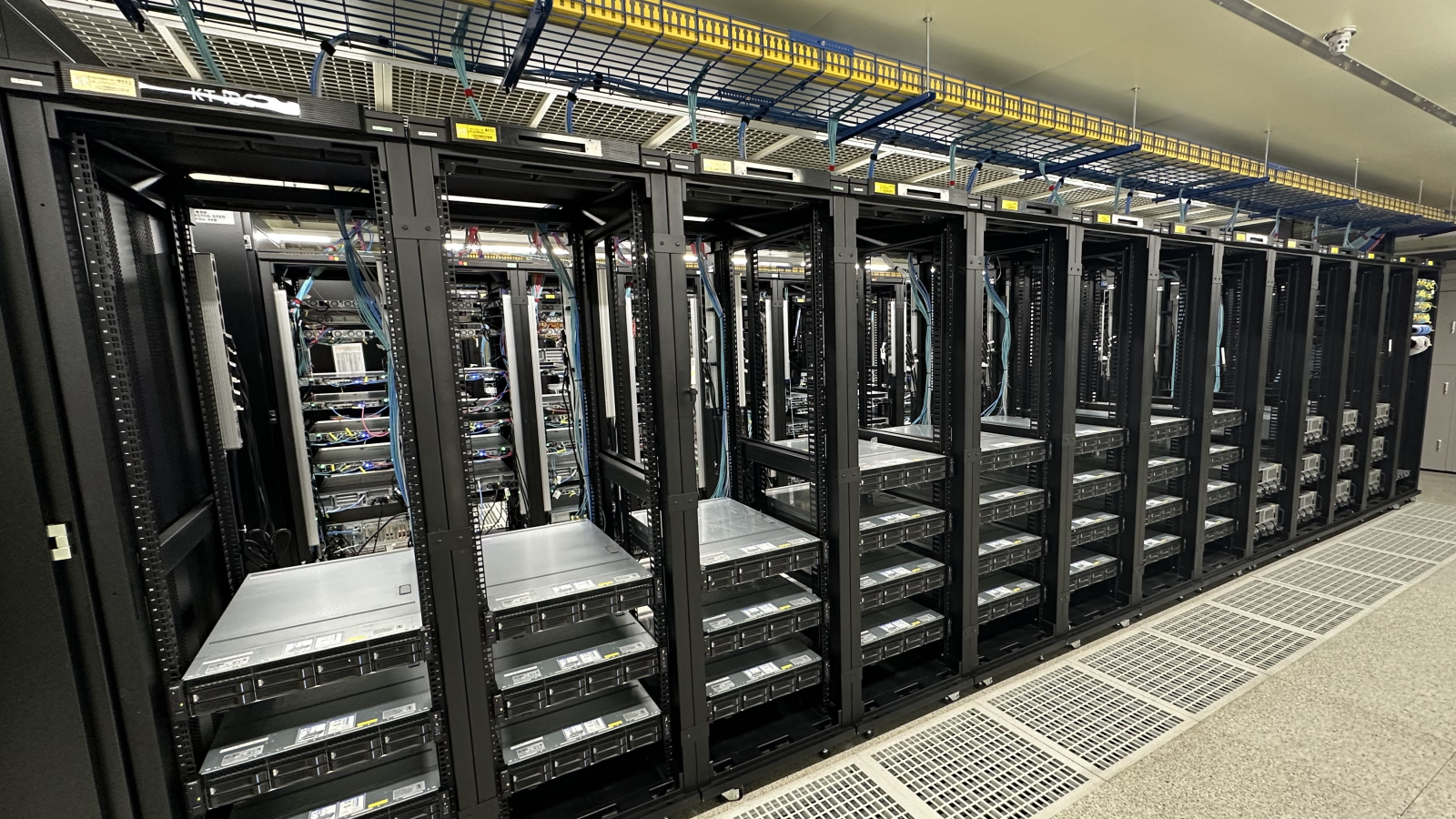
AMD's massive GPU VRAM on its Instinct cards has broken Linux's hibernation feature
By Hassam Nasir Published
-
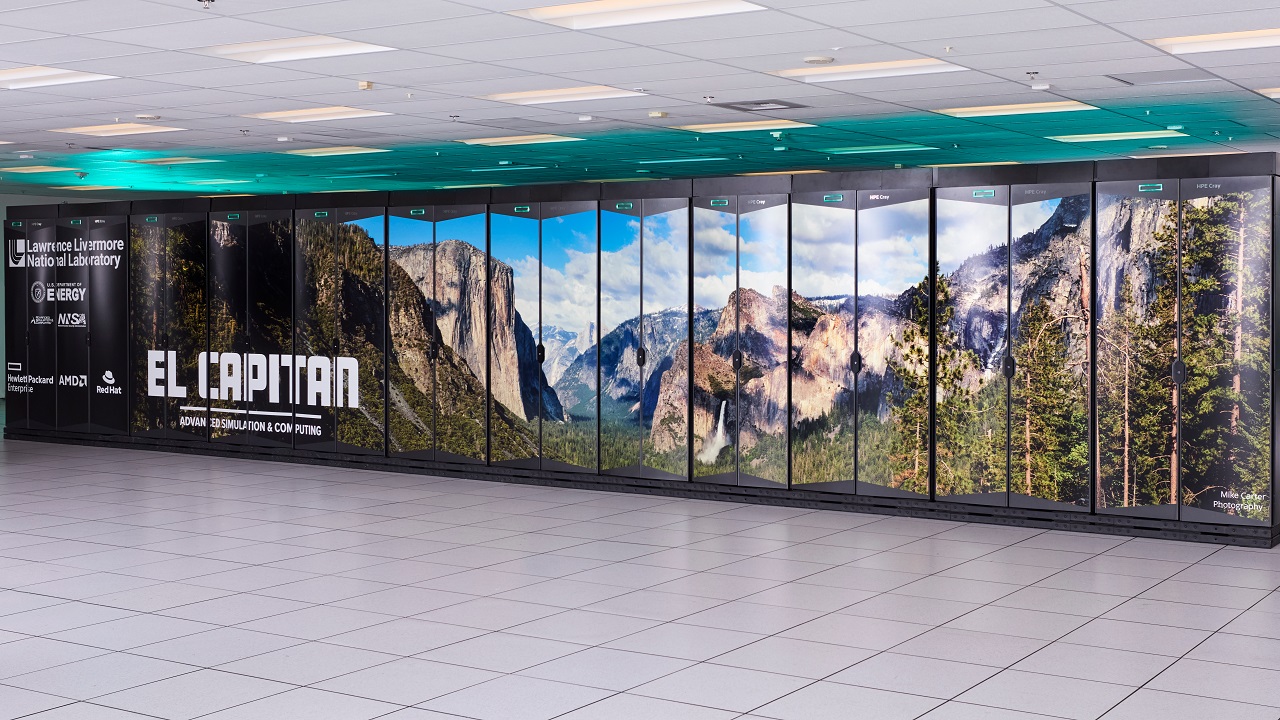
AMD supercomputers take gold and silver in latest Top500 as Chinese HPC remains shrouded in secrecy
By Anton Shilov Published
-
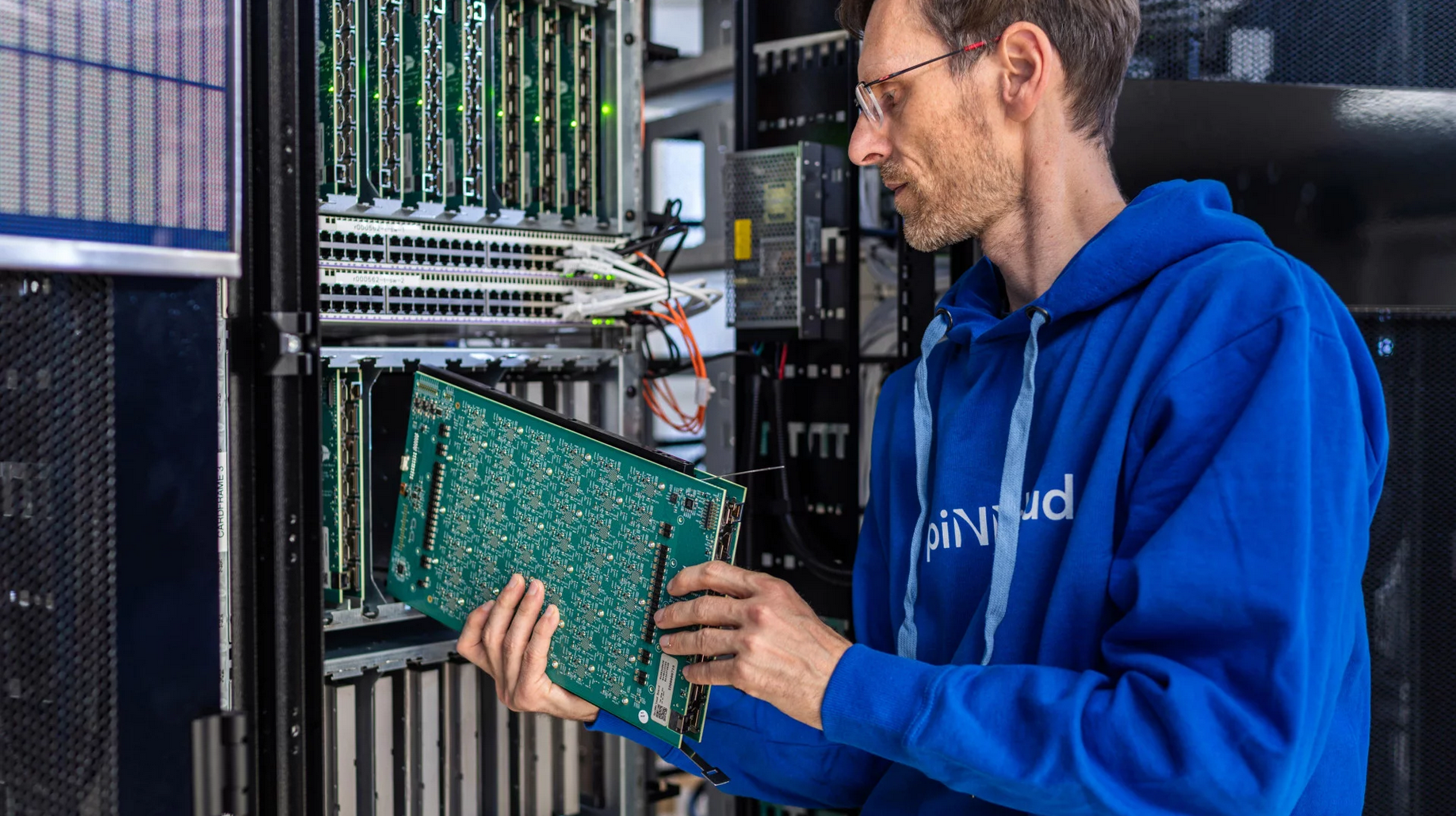
'Brain-inspired' supercomputer with no GPUs or storage switched on
By Aaron Klotz Published
-
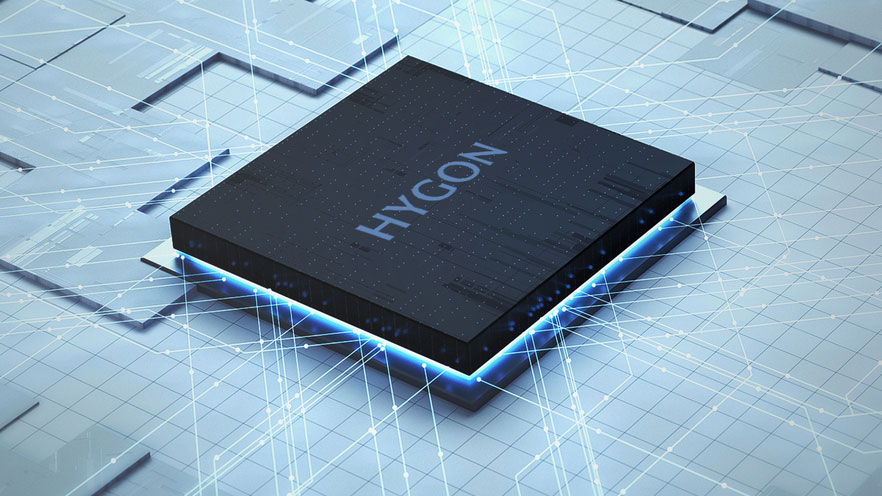
China’s Hygon and Sugon merge to form a vertically integrated supercomputing giant
By Mark Tyson Published
-
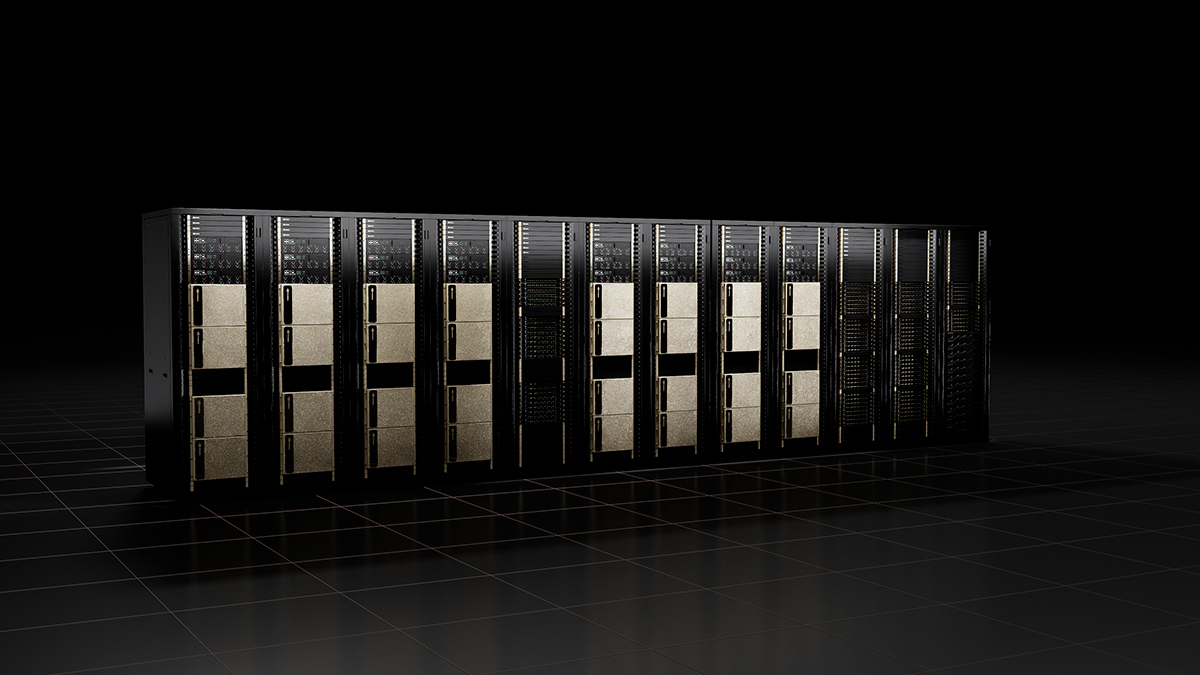
MSI to unveil desktop AI supercomputer at Computex 2025, powered by Nvidia DGX
By Stephen Warwick Published
-
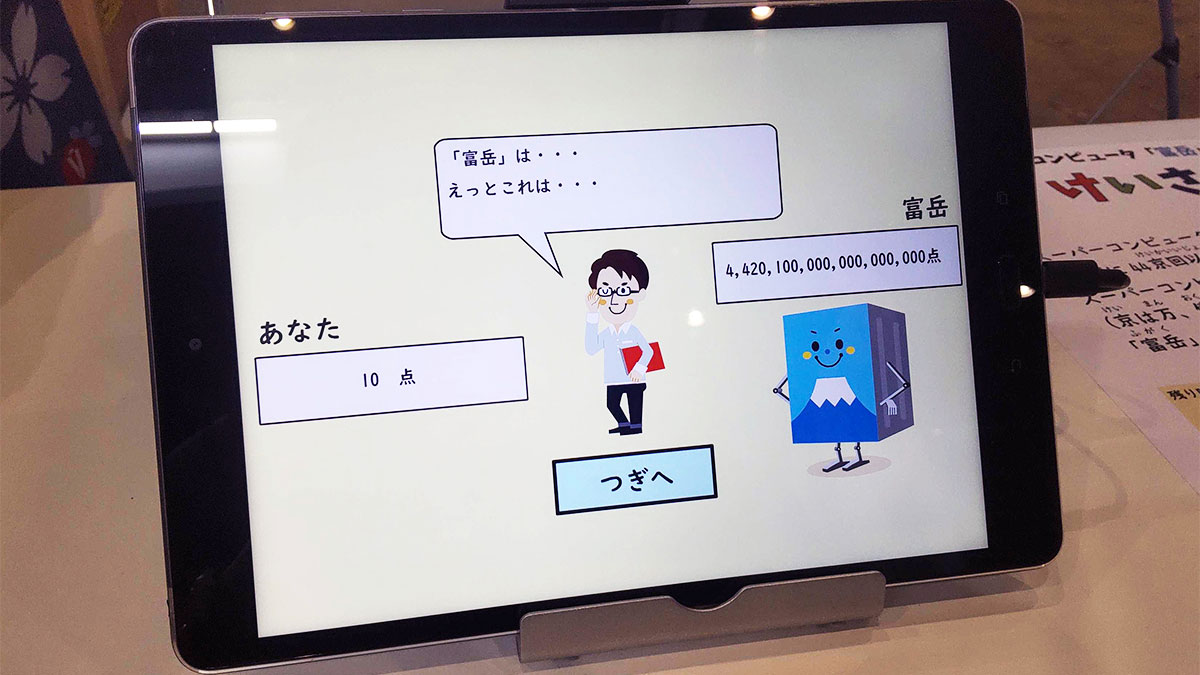
Supercomputer beats human four sextillion to 13 in ‘Super Keisan Battle’ at Japanese tech show
By Mark Tyson Published
-
Superconductors
-
-

New 3D printing process could improve superconductors
By Ash Hill Published
-
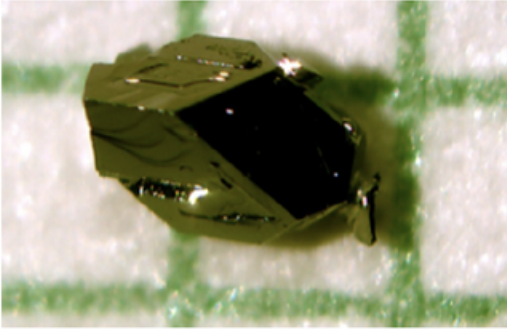
New research shows naturally occurring mineral is an 'unconventional superconductor' when purified
By Christopher Harper Published
-
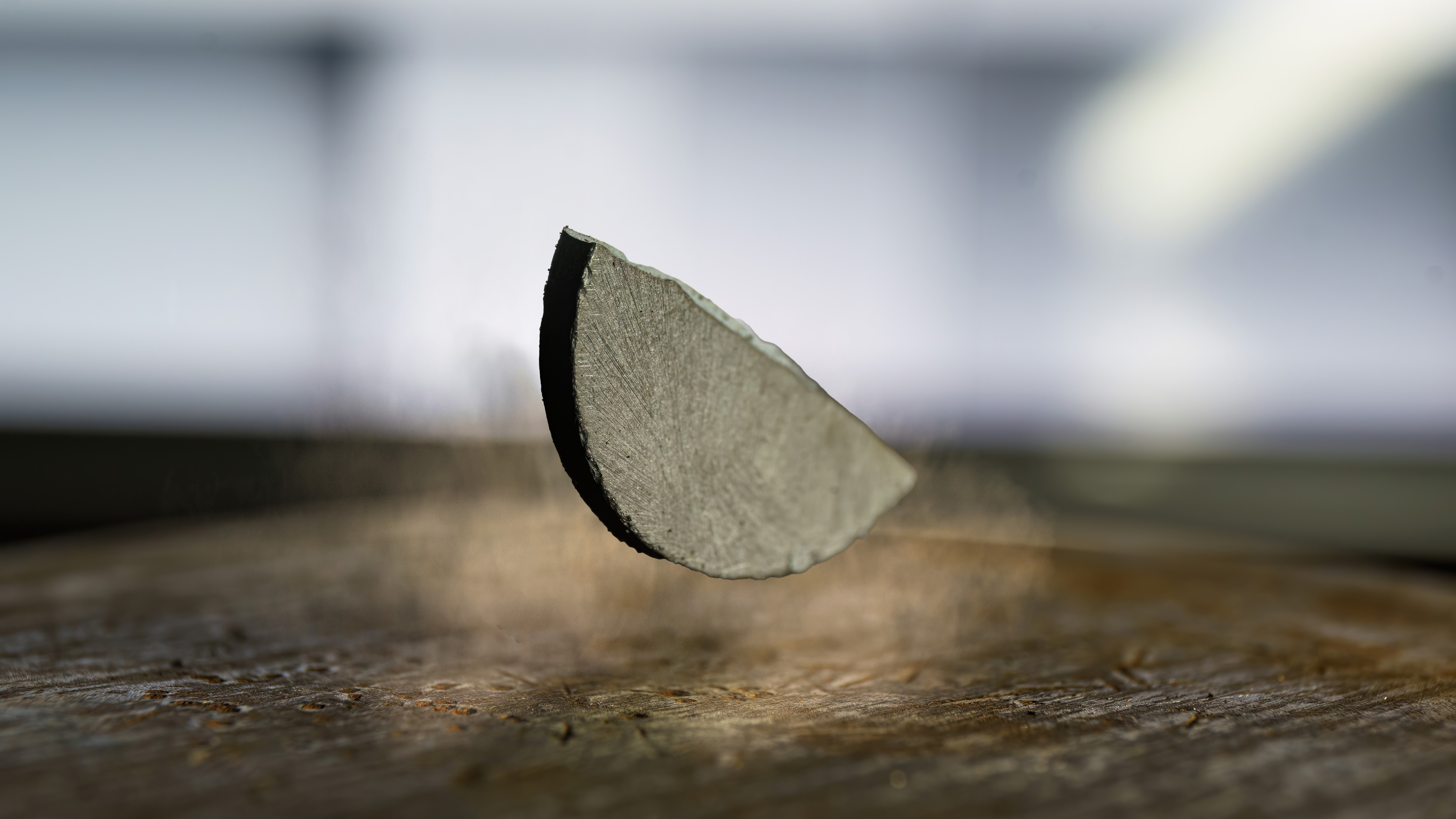
New research reignites the possibility of LK-99 room-temperature superconductivity
By Francisco Pires Published
-
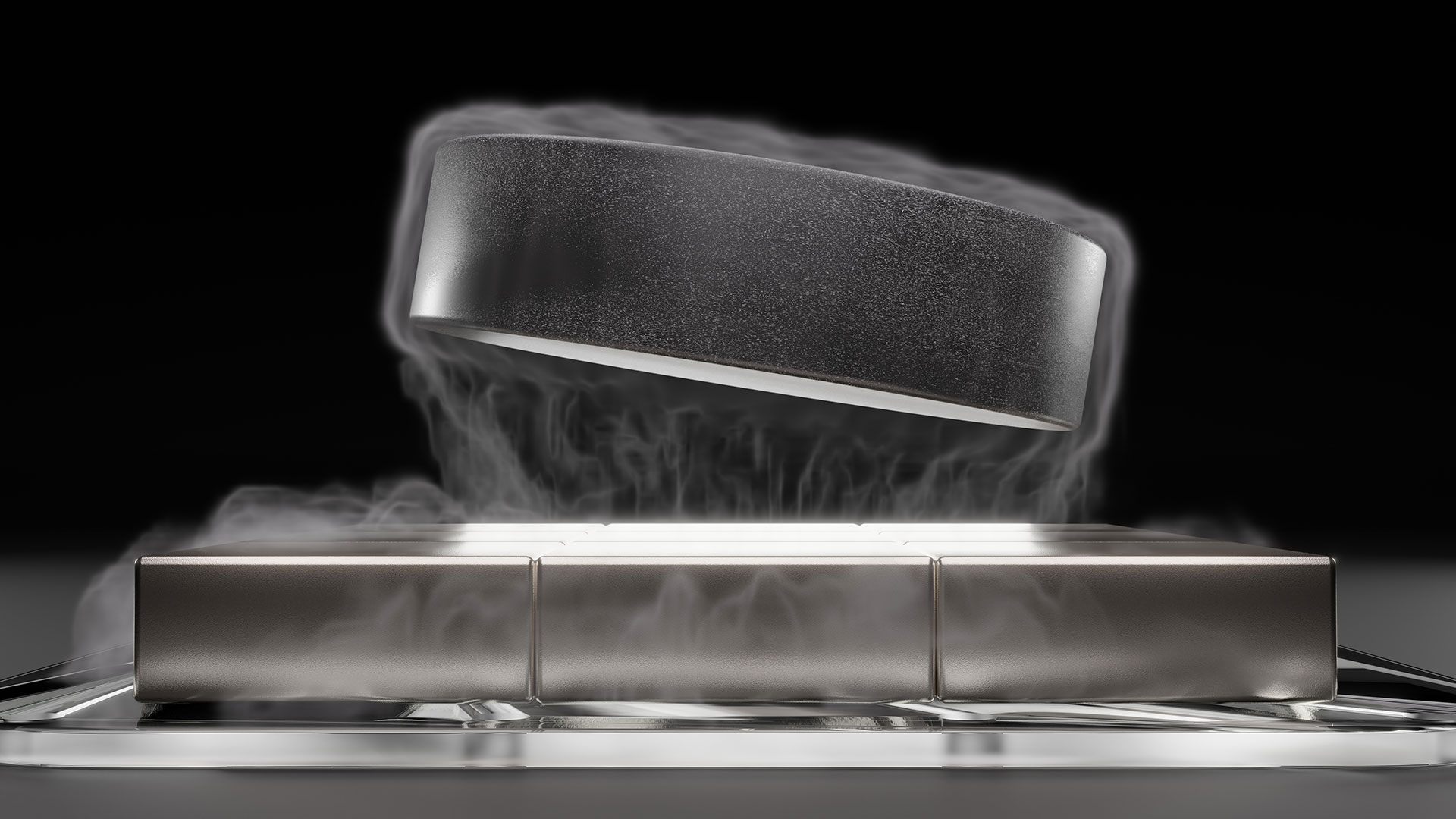
U.S. Govt and researchers seemingly discover new type of superconductivity in an exotic, crystal-like material
By Francisco Pires Published
-
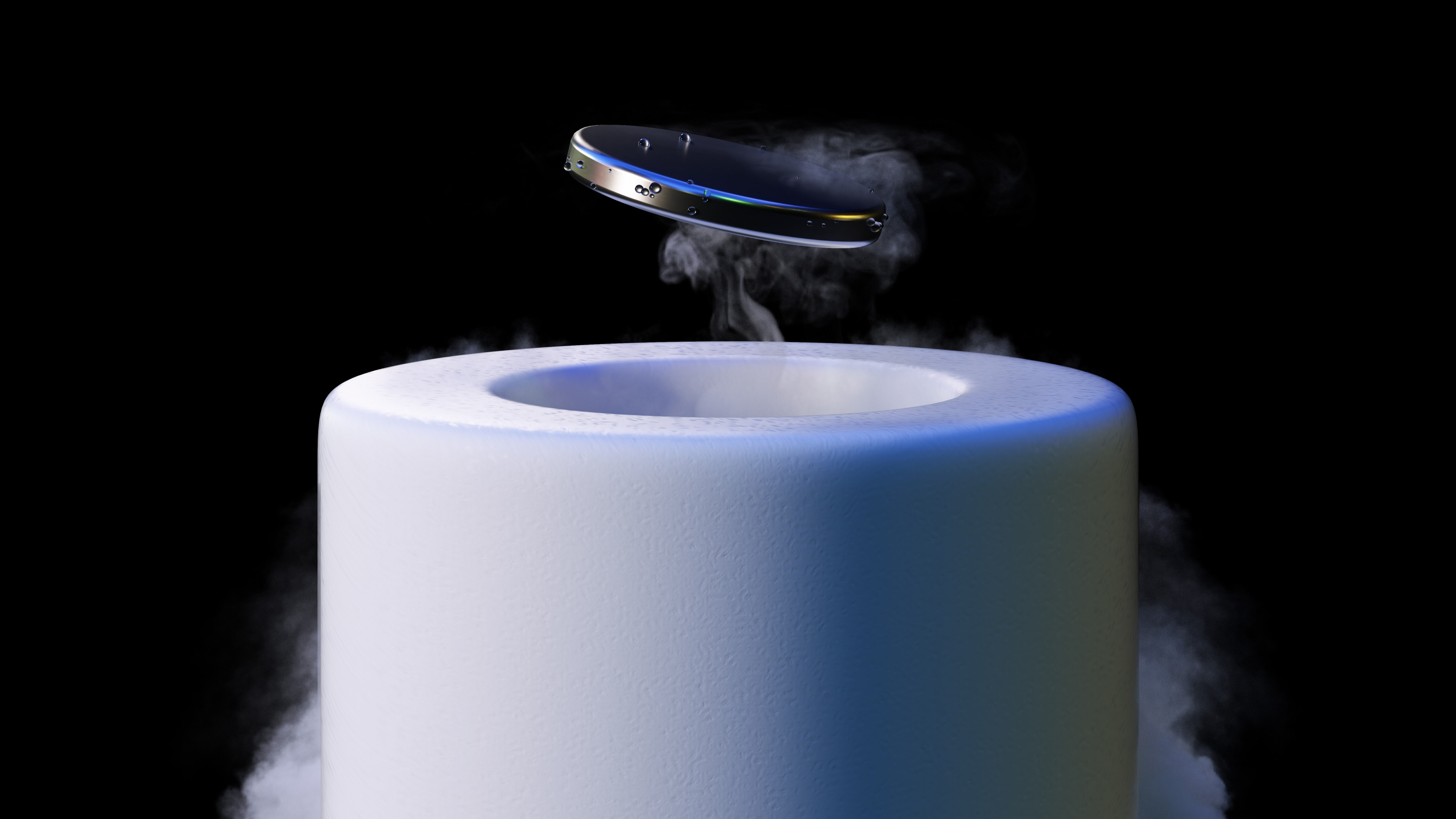
Nature Retracts Controversial Room Temperature Superconductor Paper (But Not LK-99)
By Francisco Pires Published
-

What is a Superconductor?
By Francisco Pires Published
-
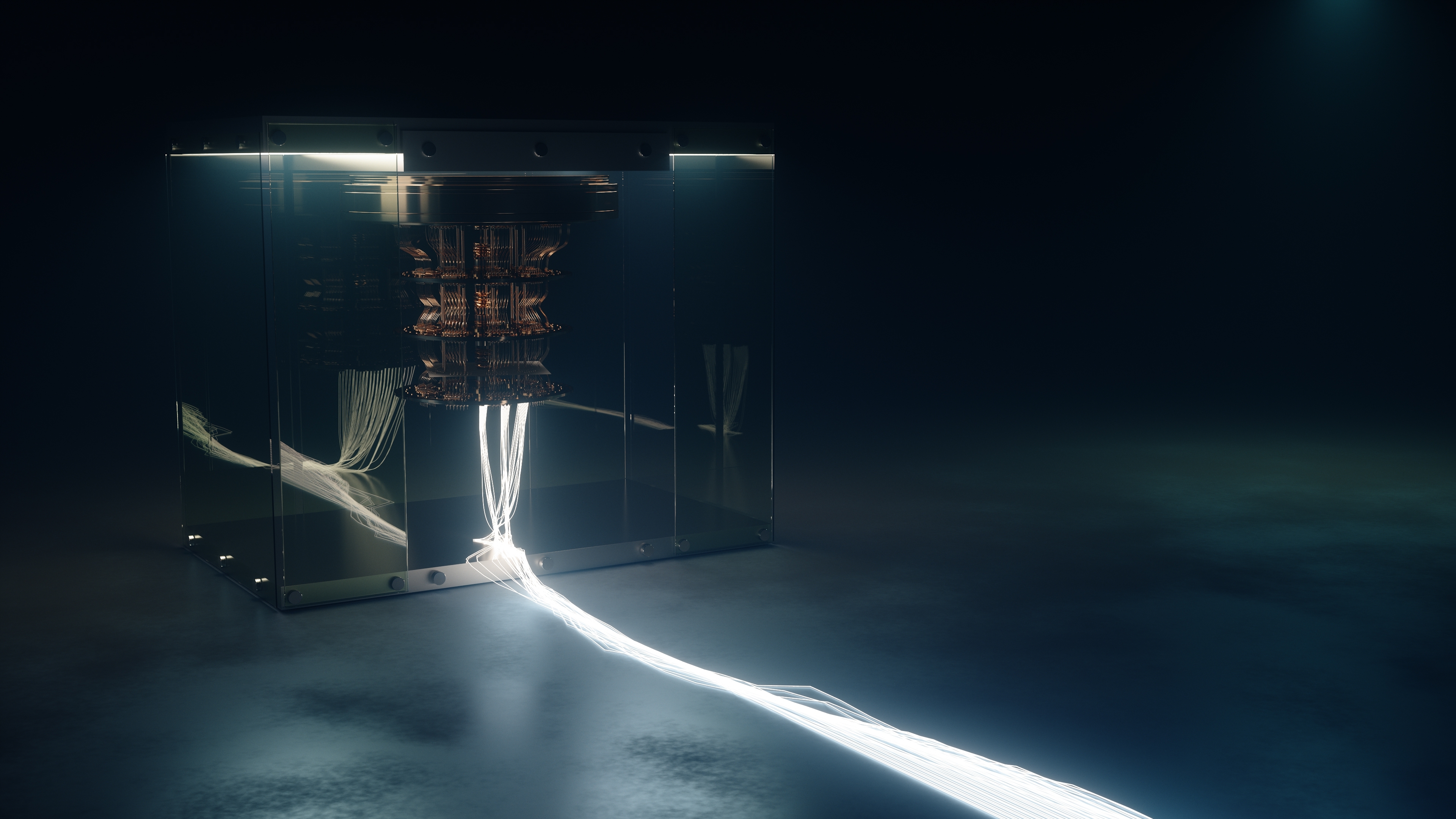
MIT's Superconducting Qubit Breakthrough Boosts Quantum Performance
By Francisco Pires Published
-
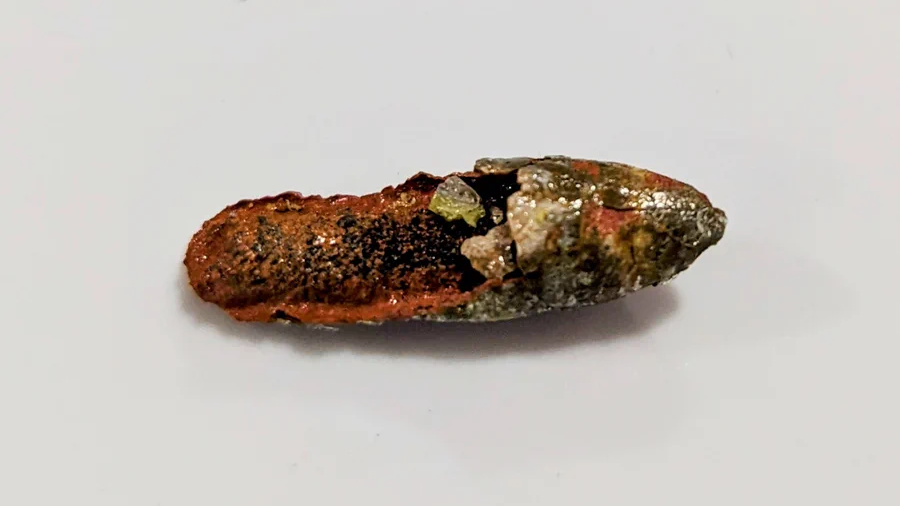
LK-99 Research Continues, Paper Says Superconductivity Could be Possible
By Francisco Pires Published
-

Is LK-99 a Superconductor After All? New Research and Updated Patent Say So
By Francisco Pires Published
-
More about Tech Industry
-
-

Data centers turn to cast-off jet engines as AI power crunch bites
By Luke James Published
-

New Deepseek model drastically reduces resource usage by converting text and documents into images
By Jon Martindale Published
-

Chinese memory maker reportedly preparing for $42 billion IPO
By Jowi Morales Published
-